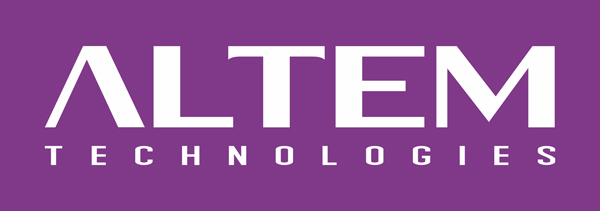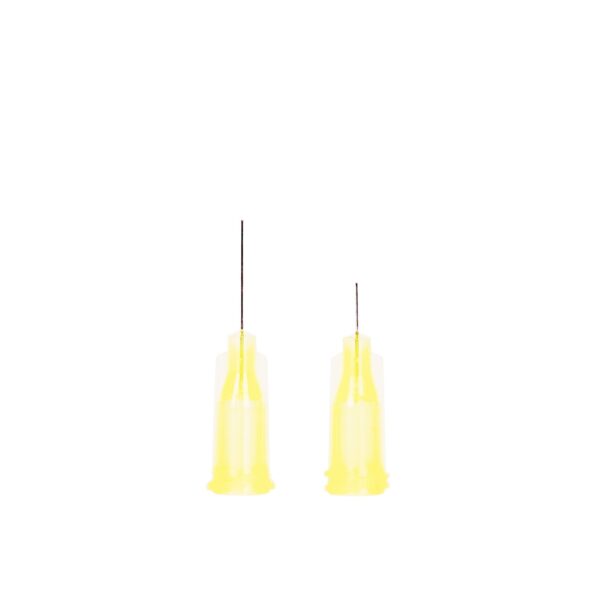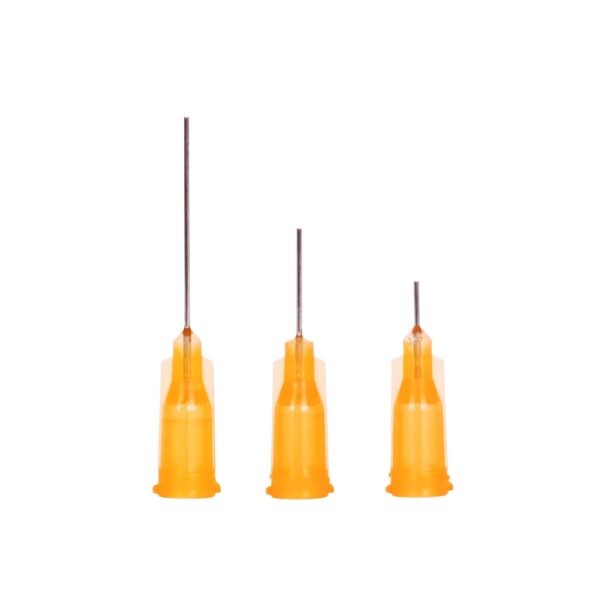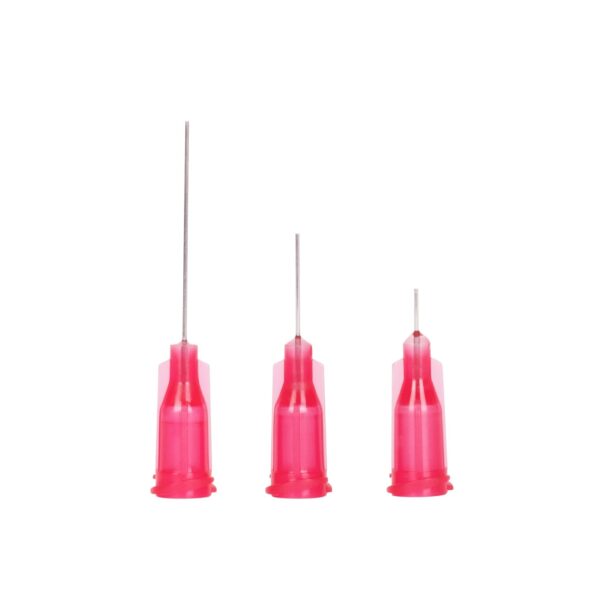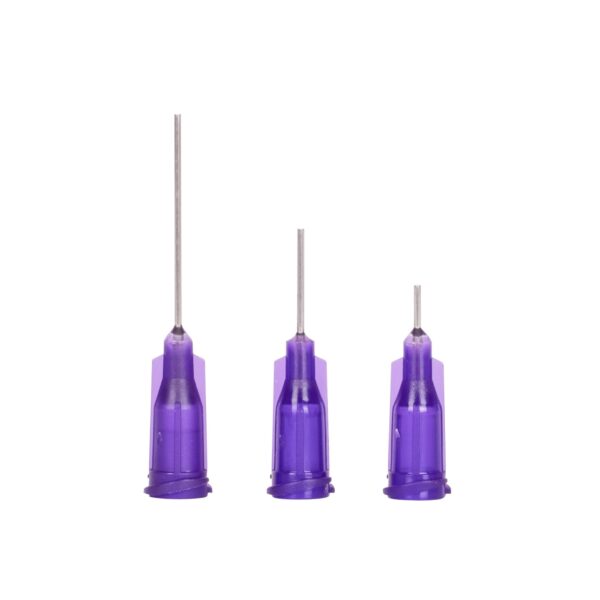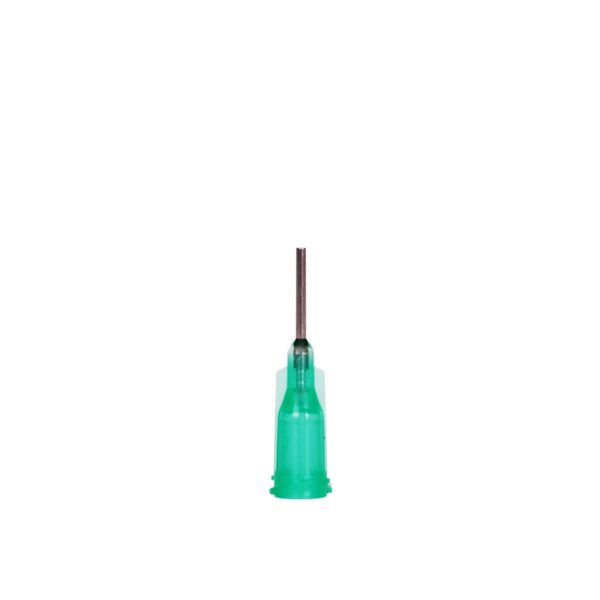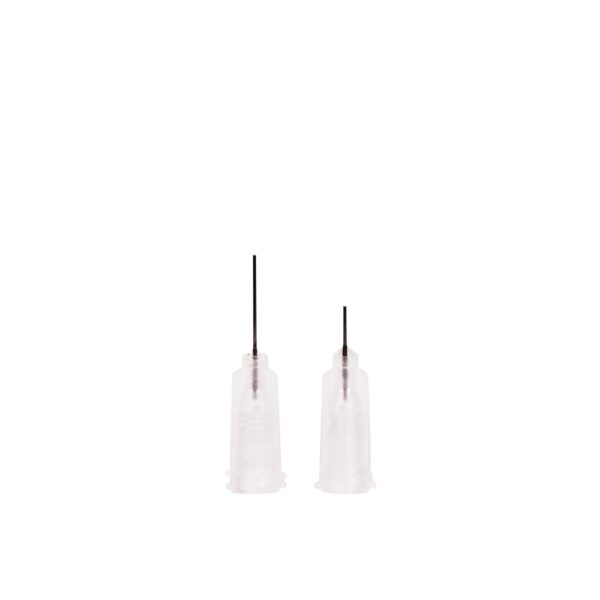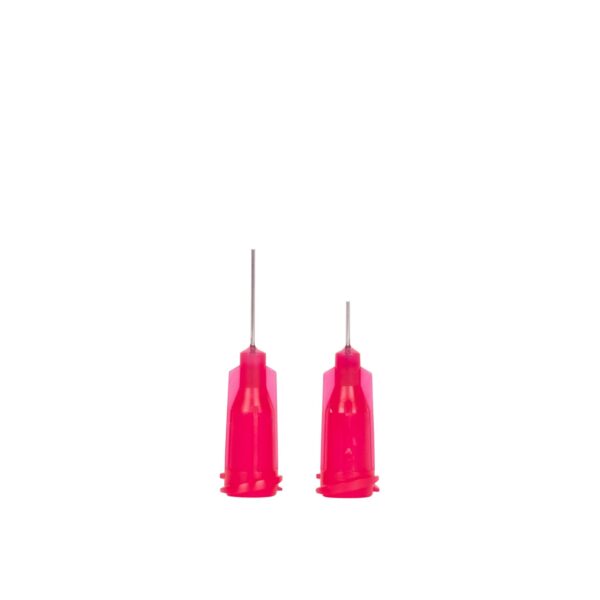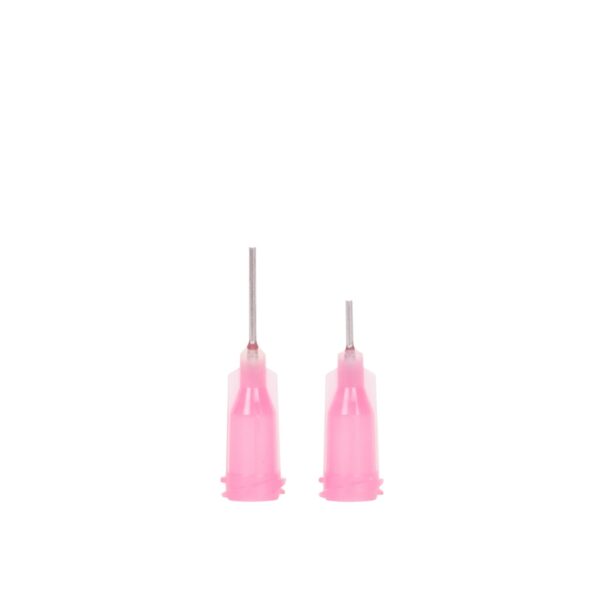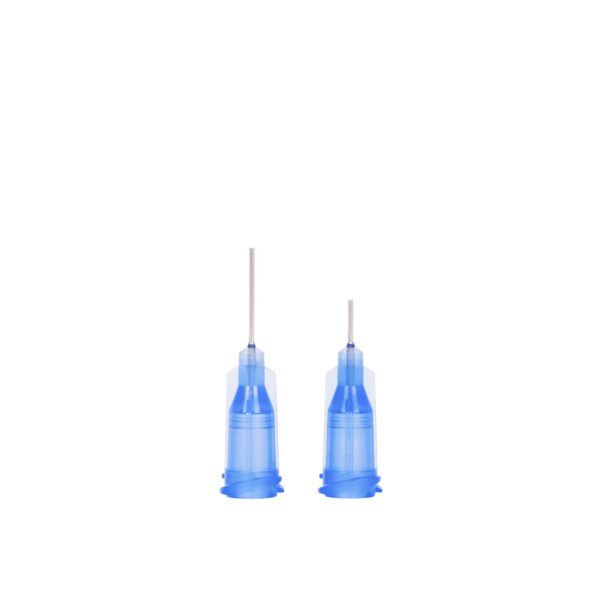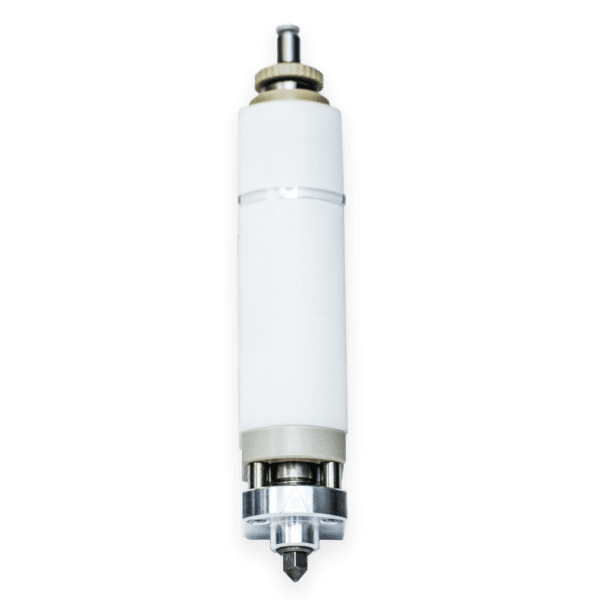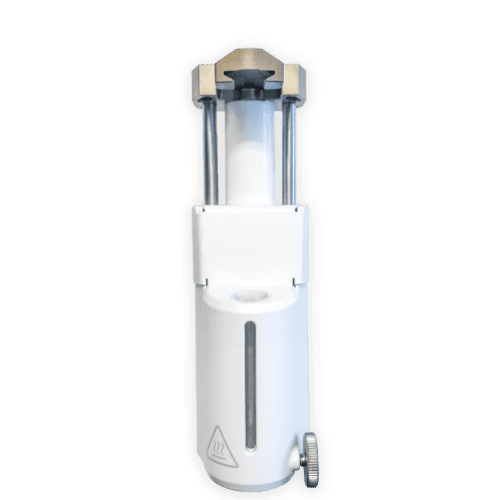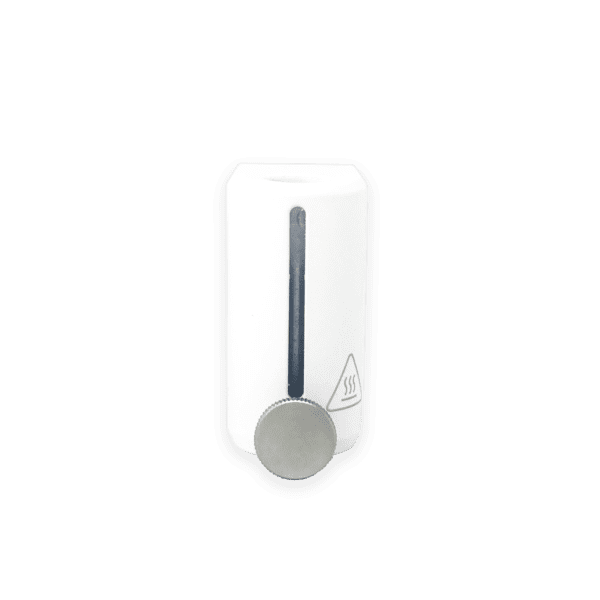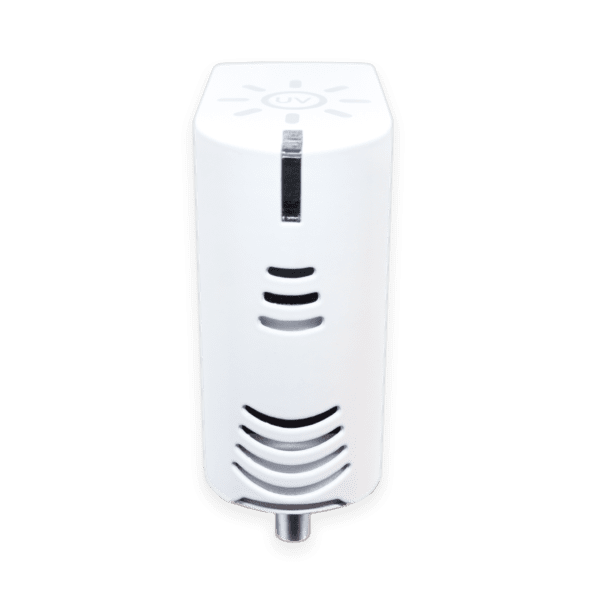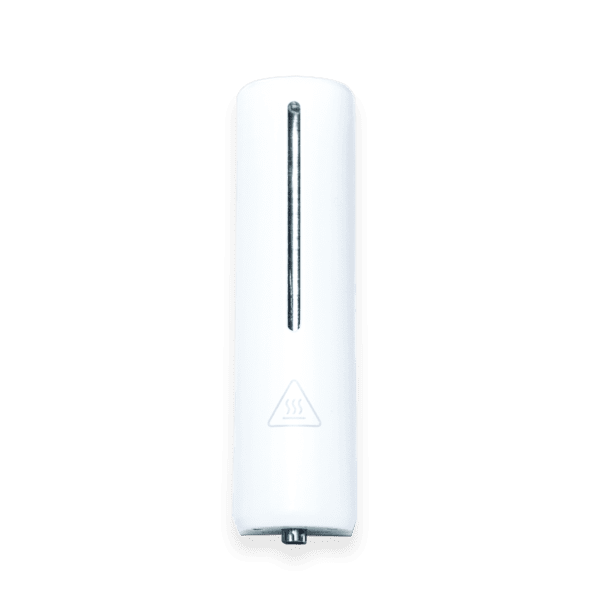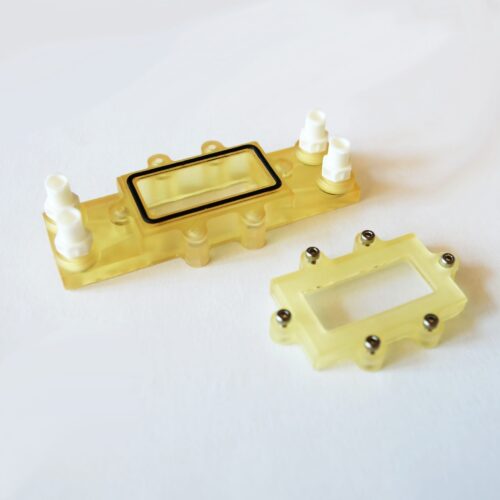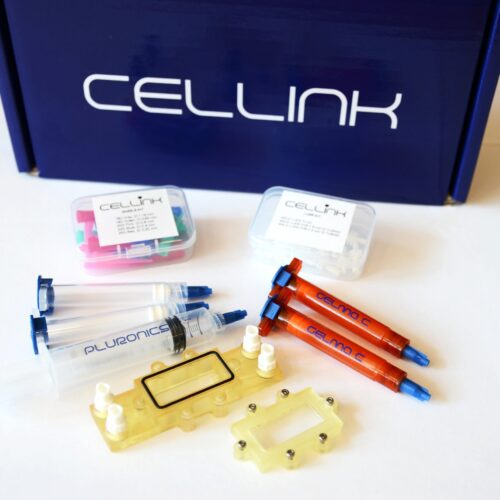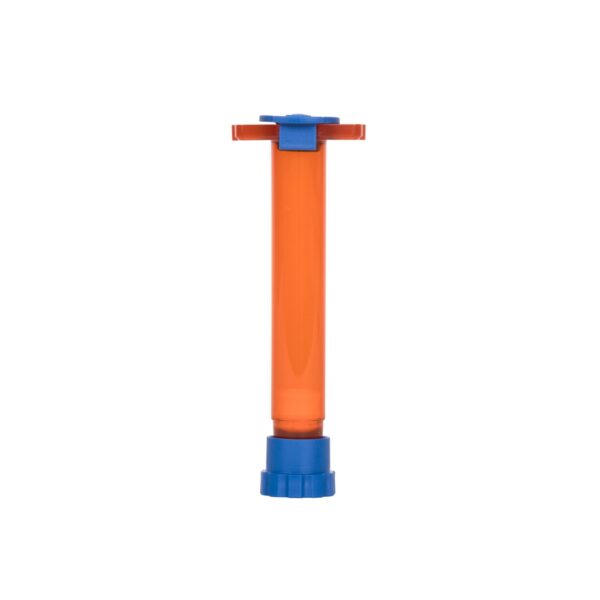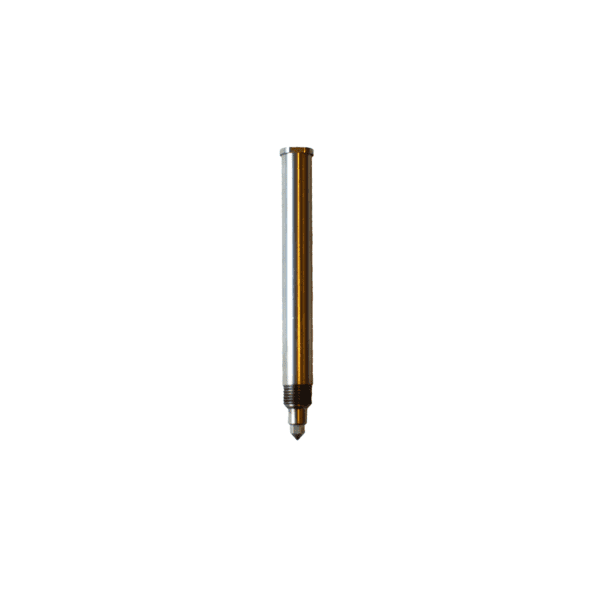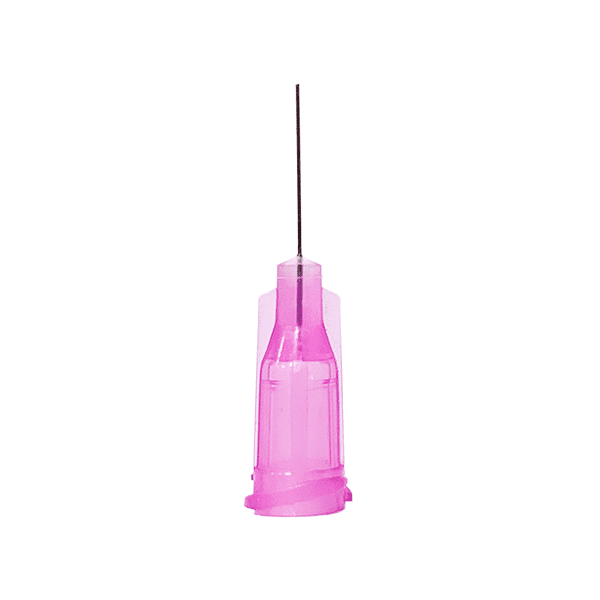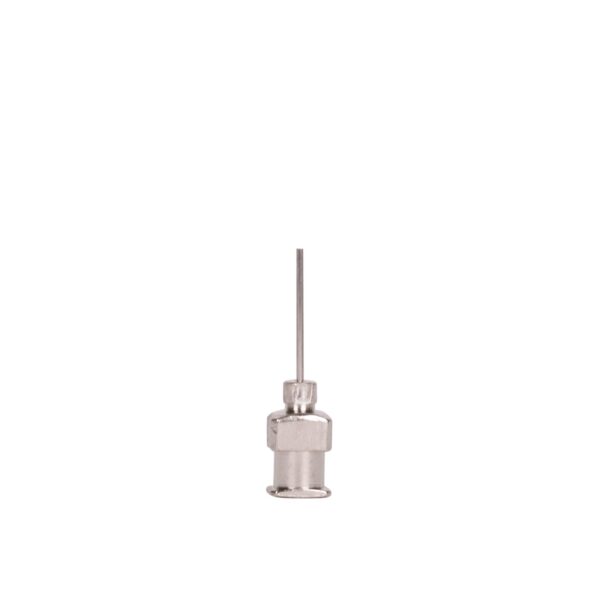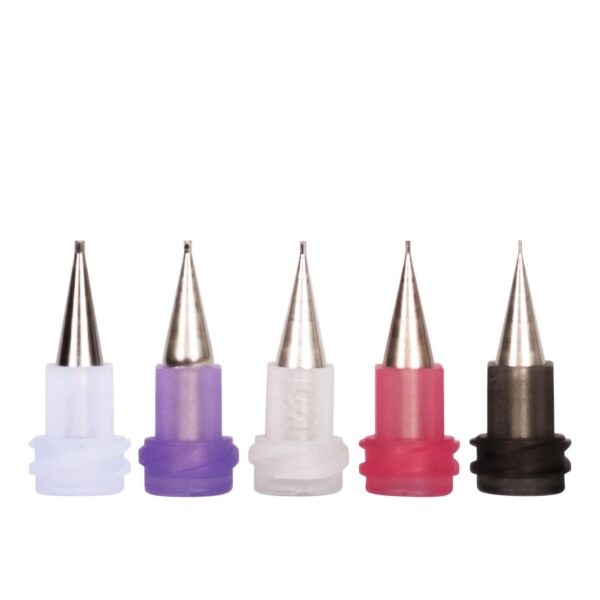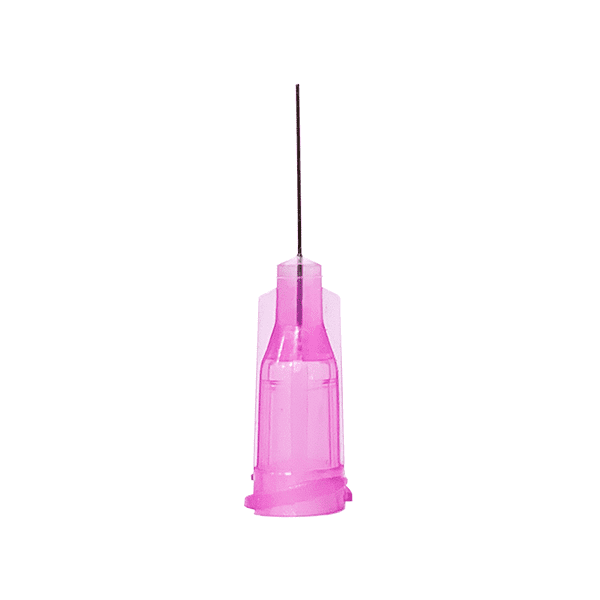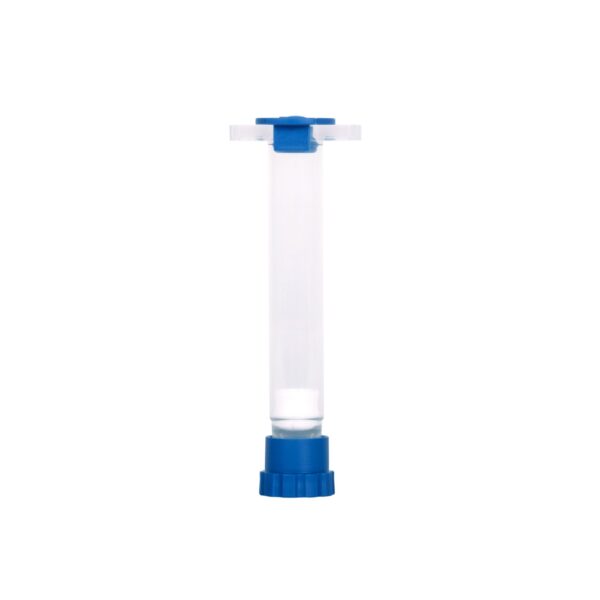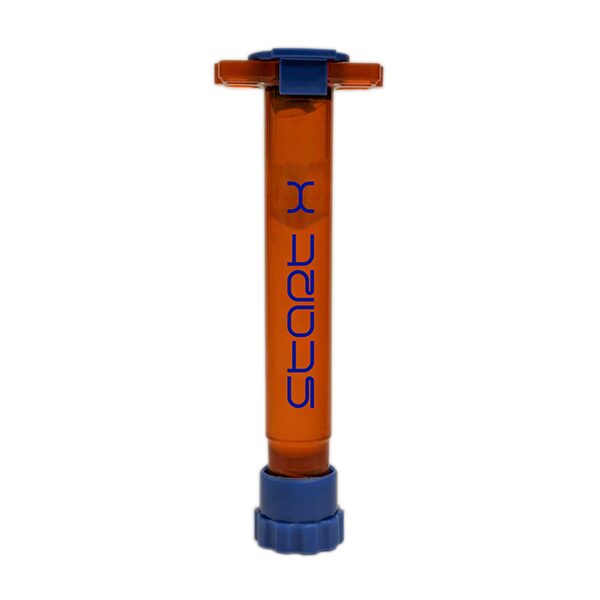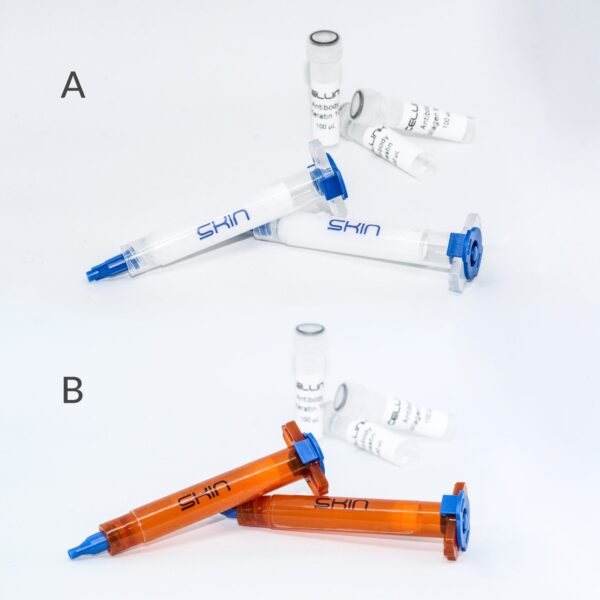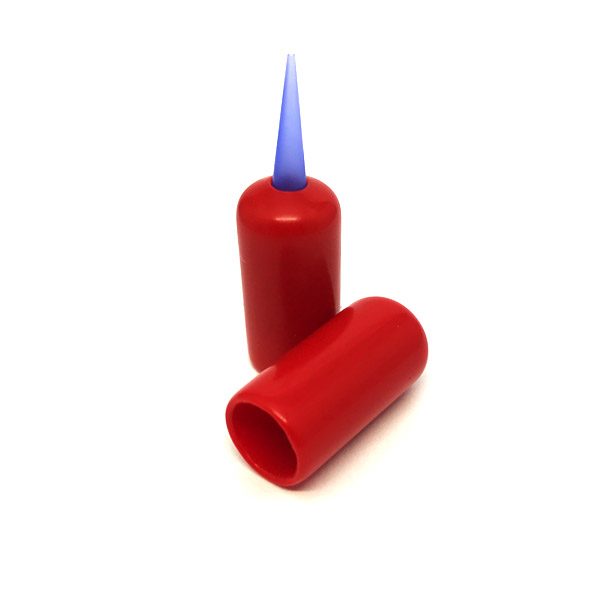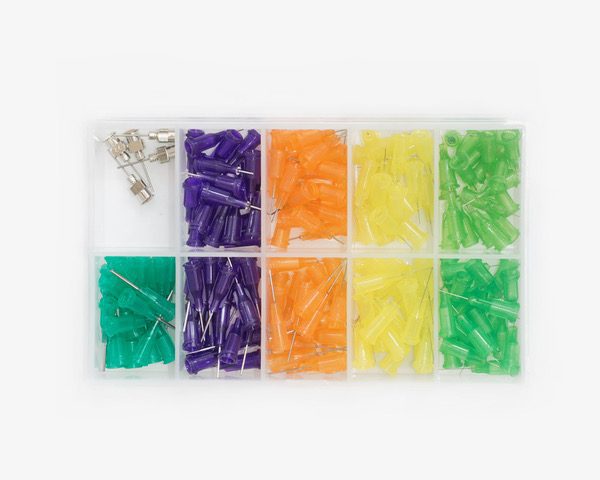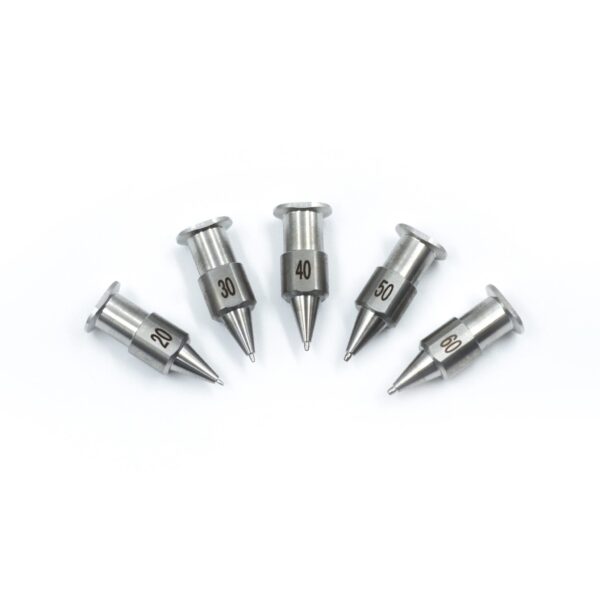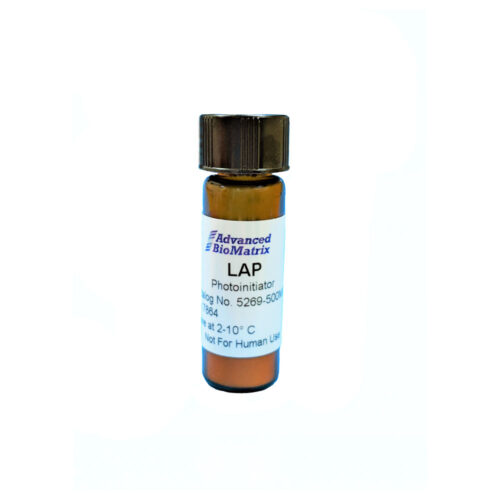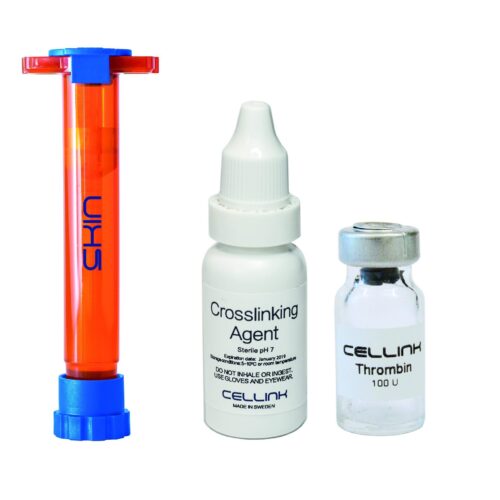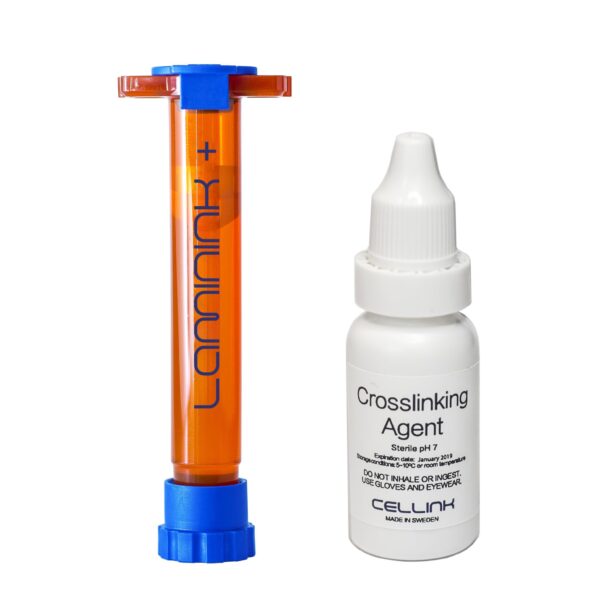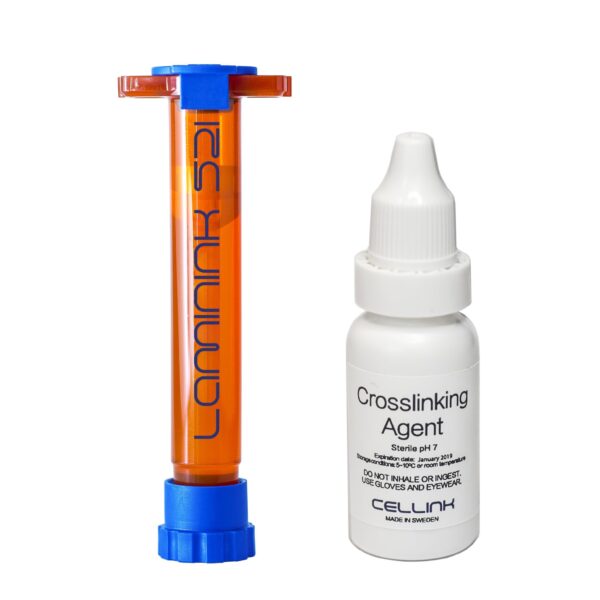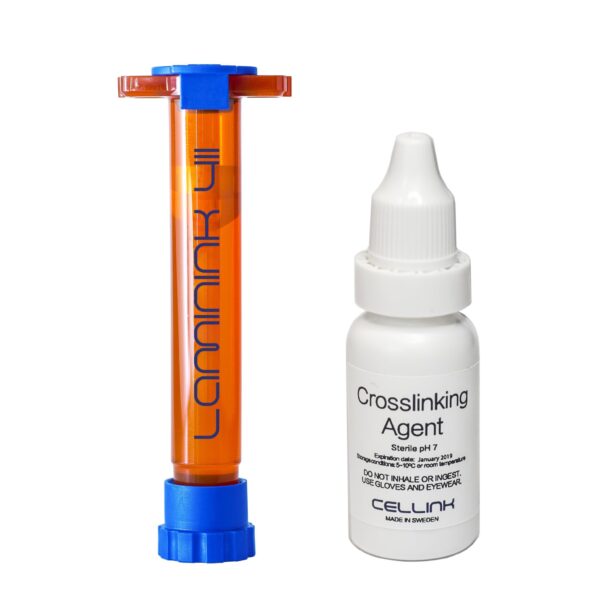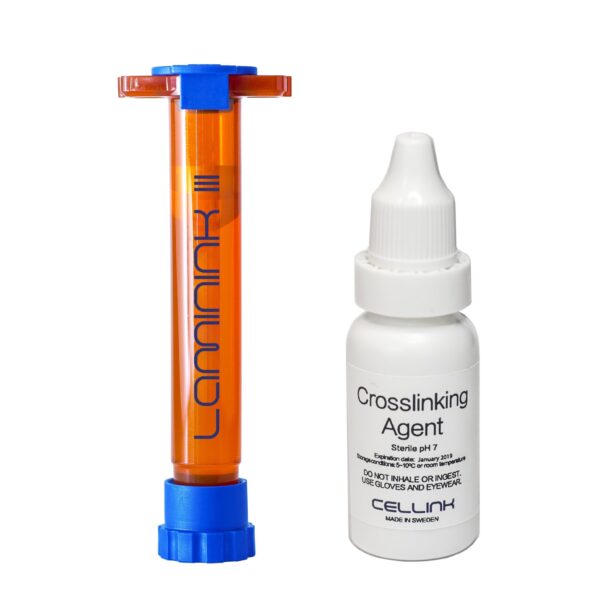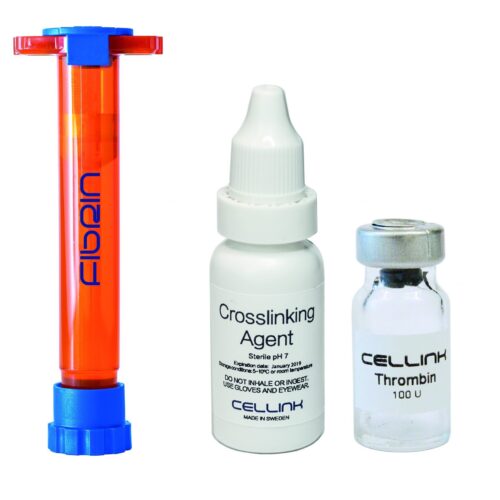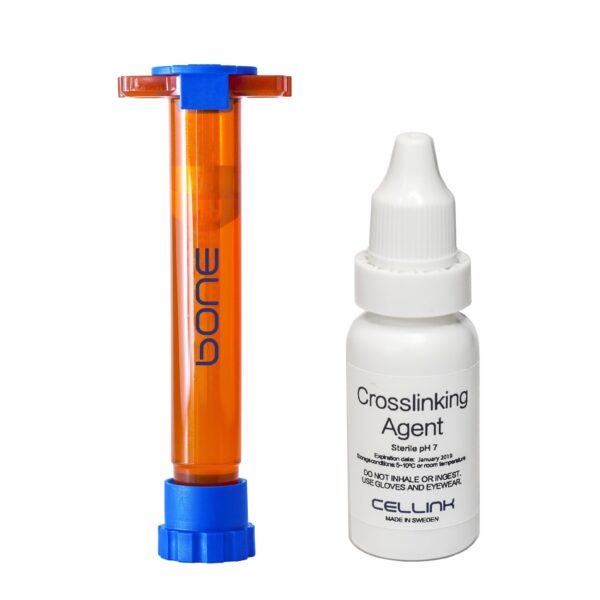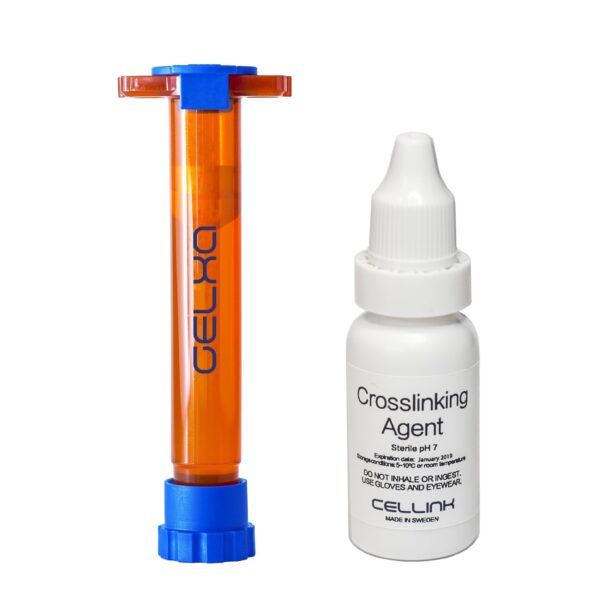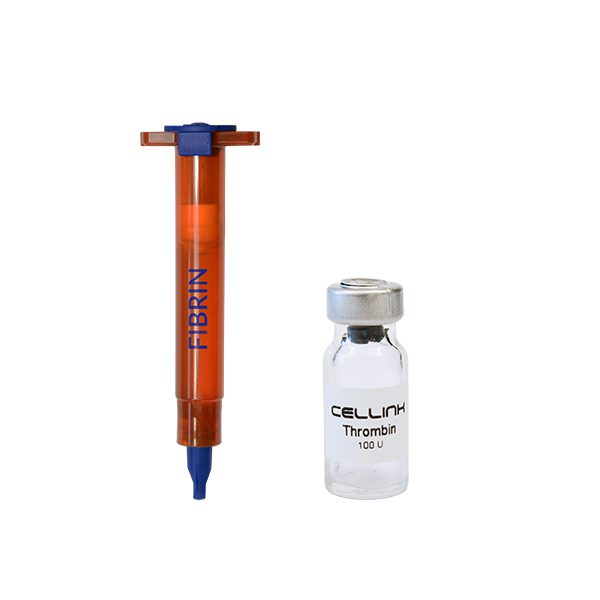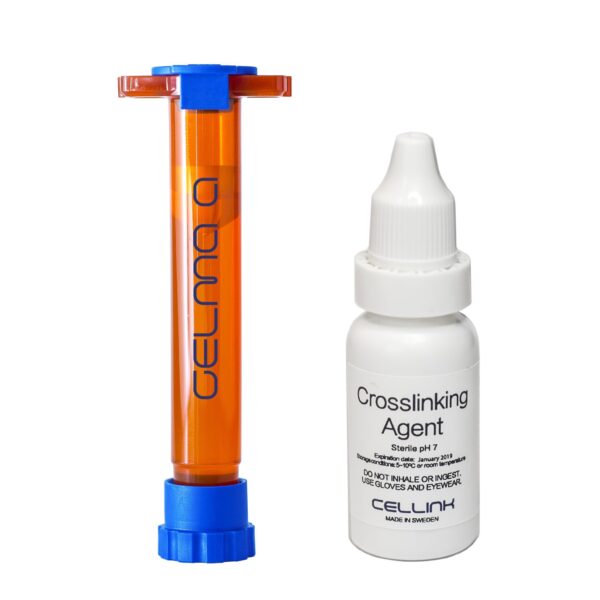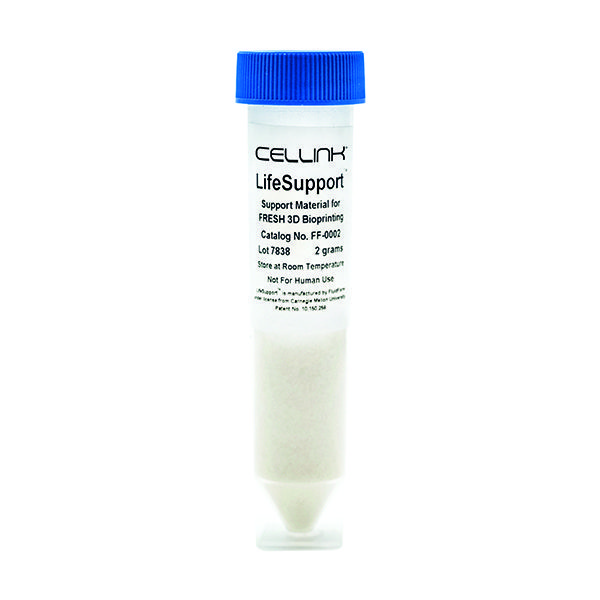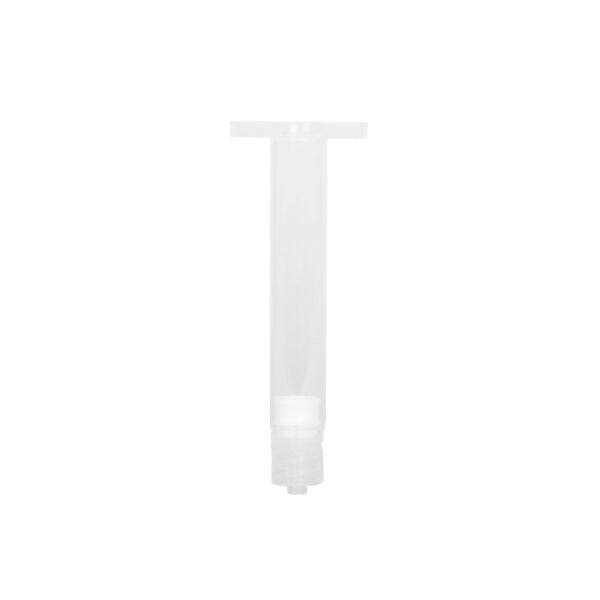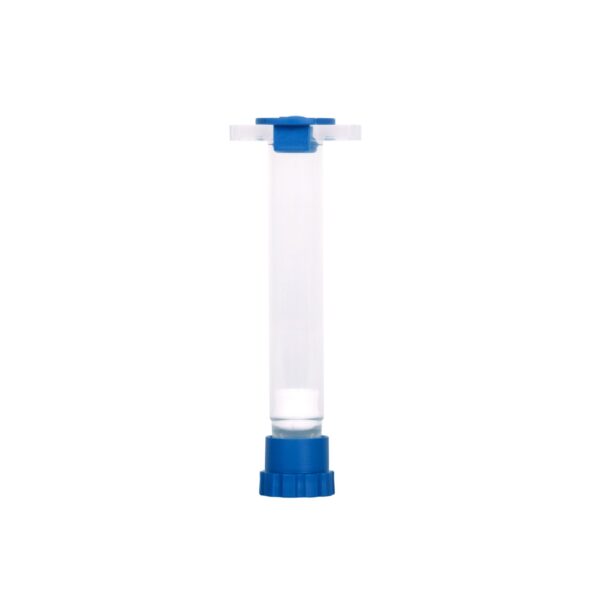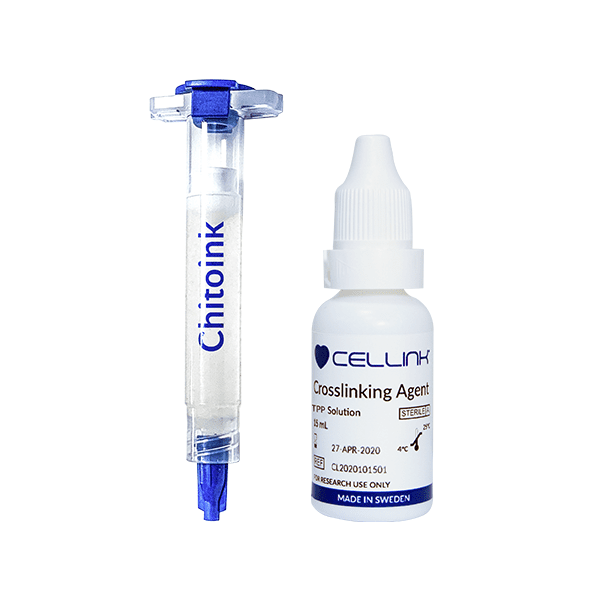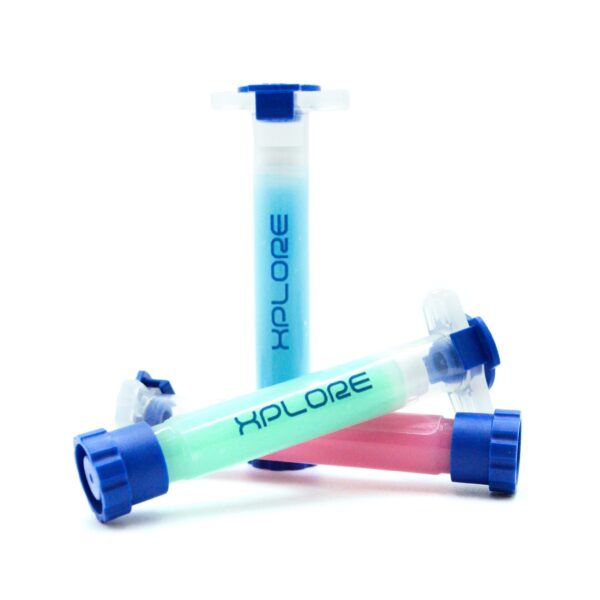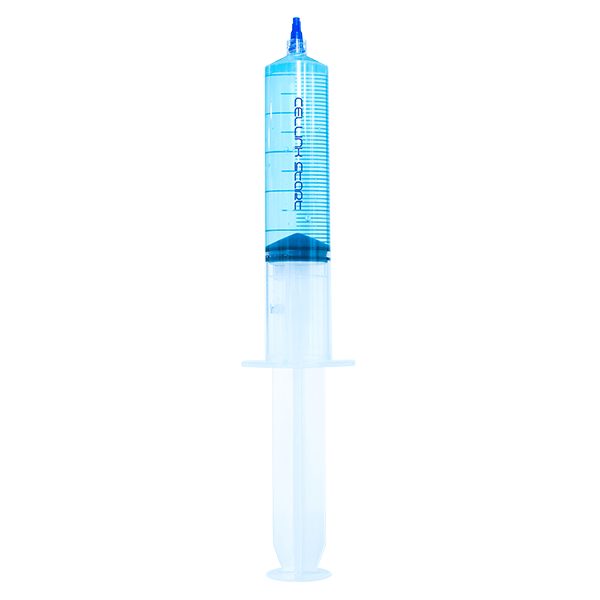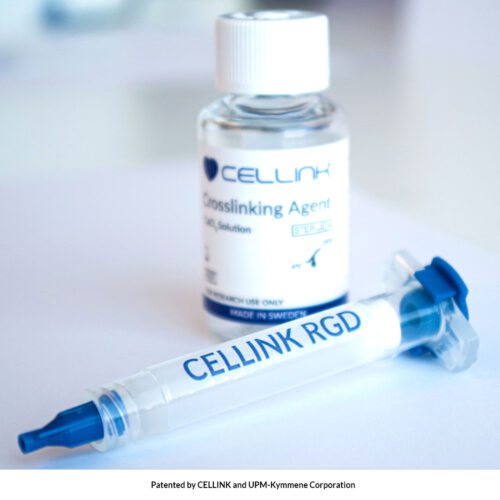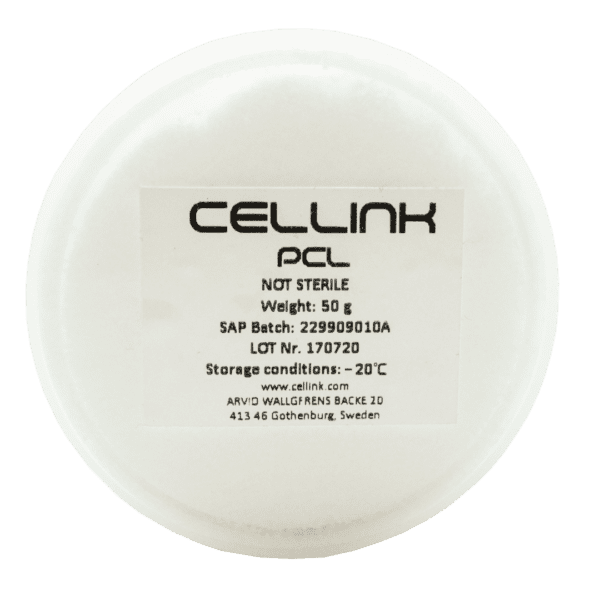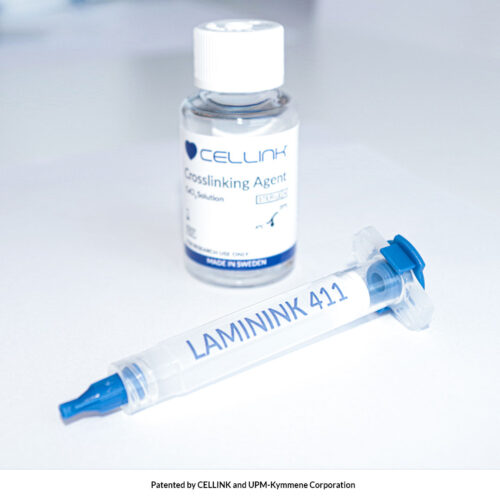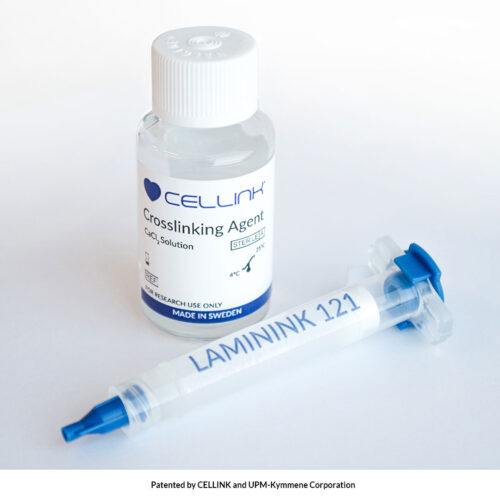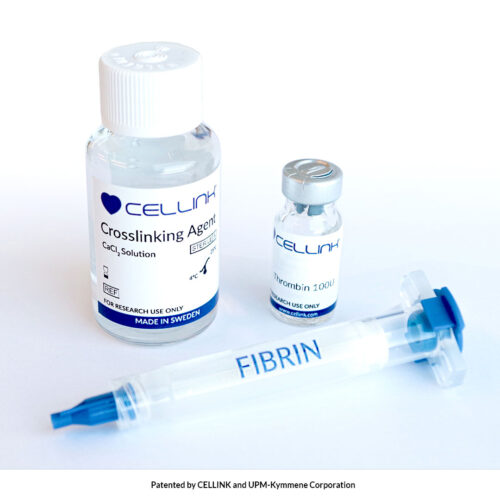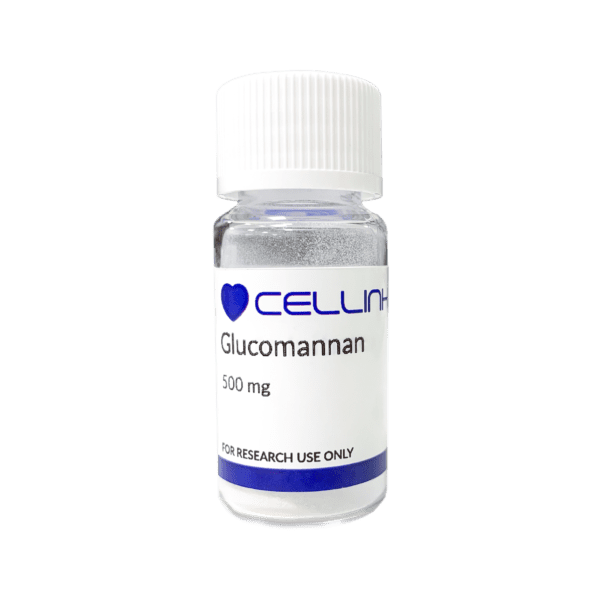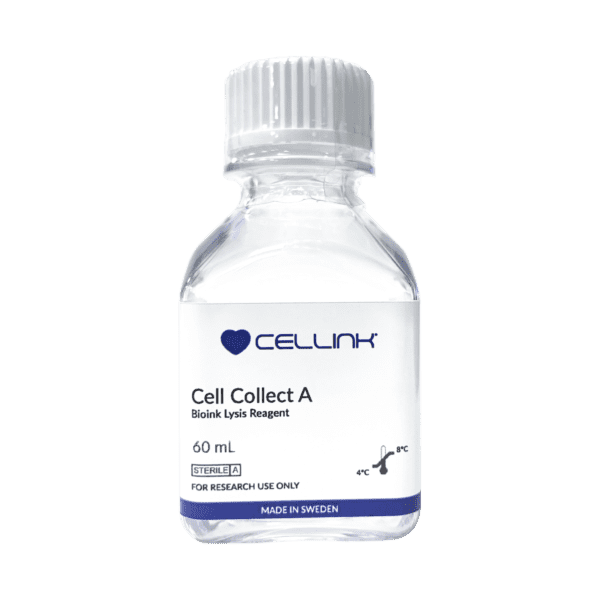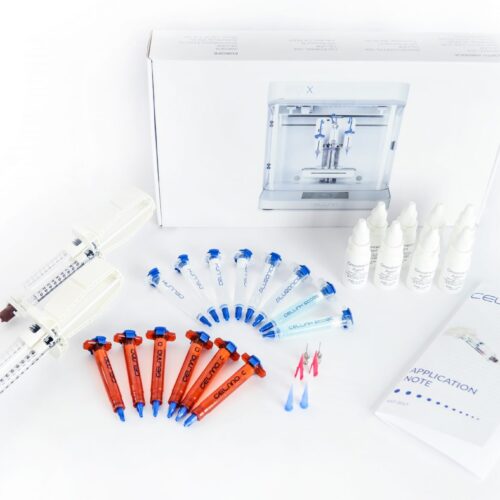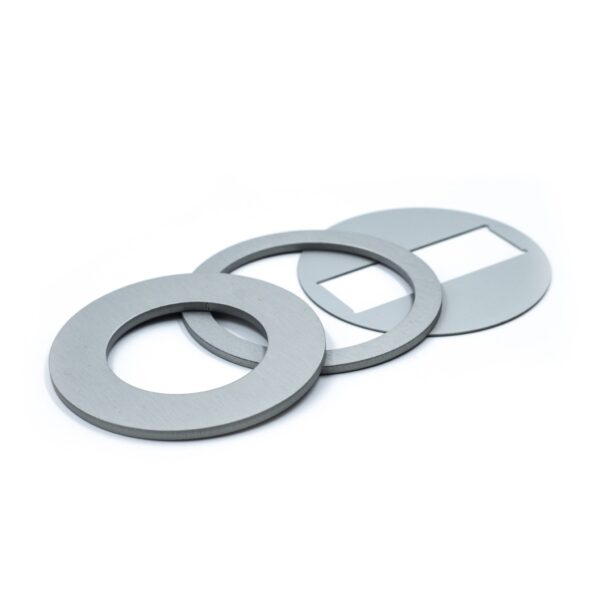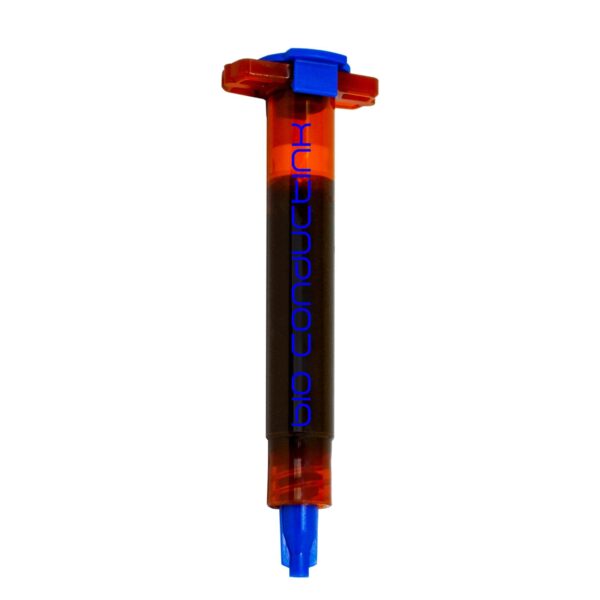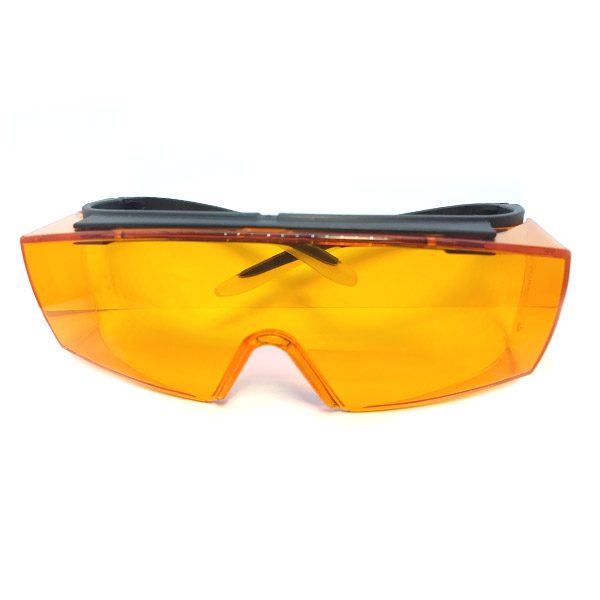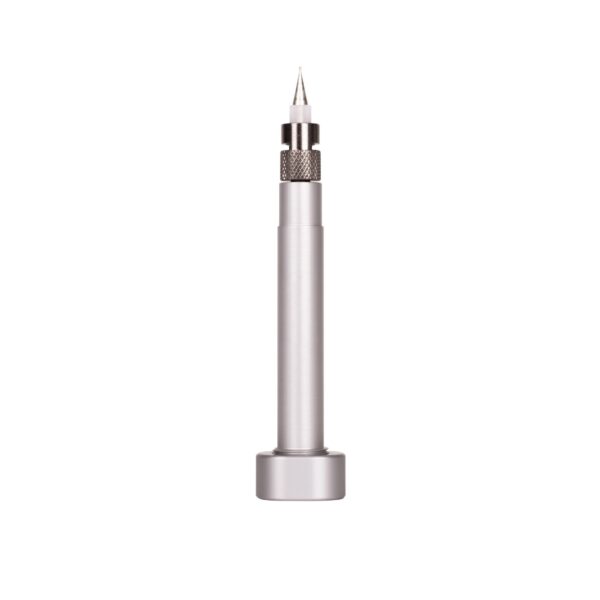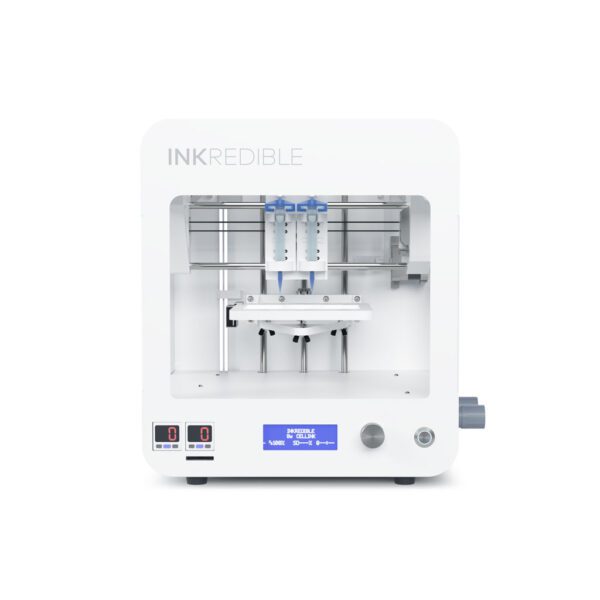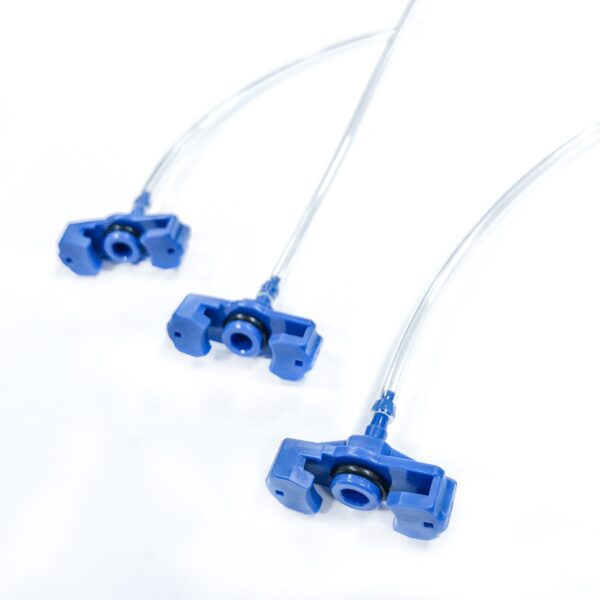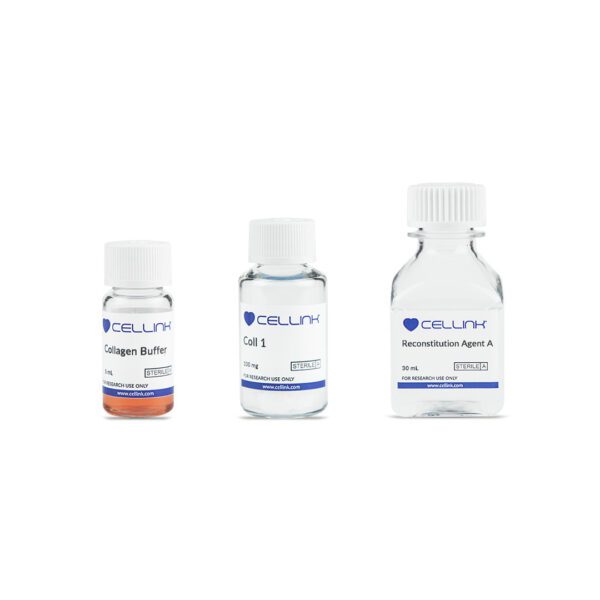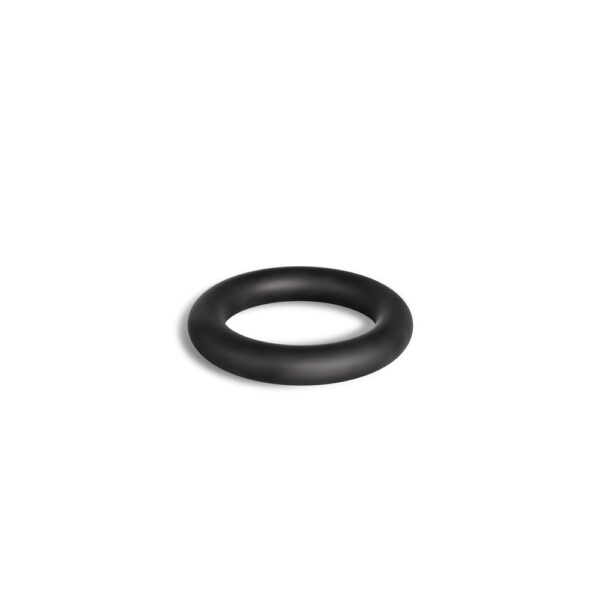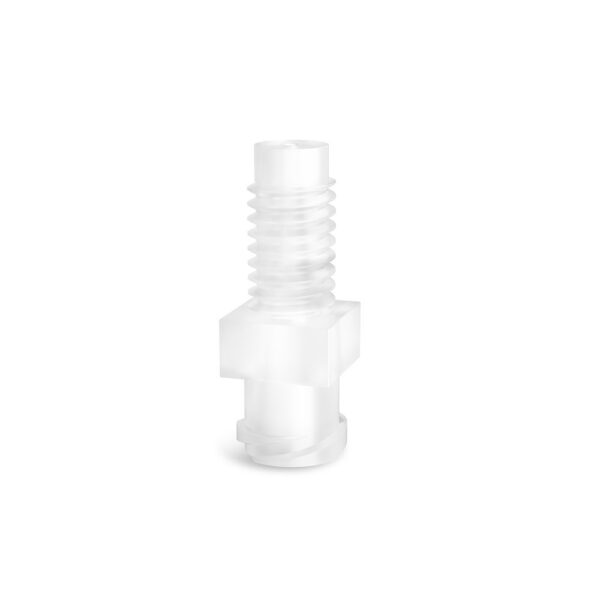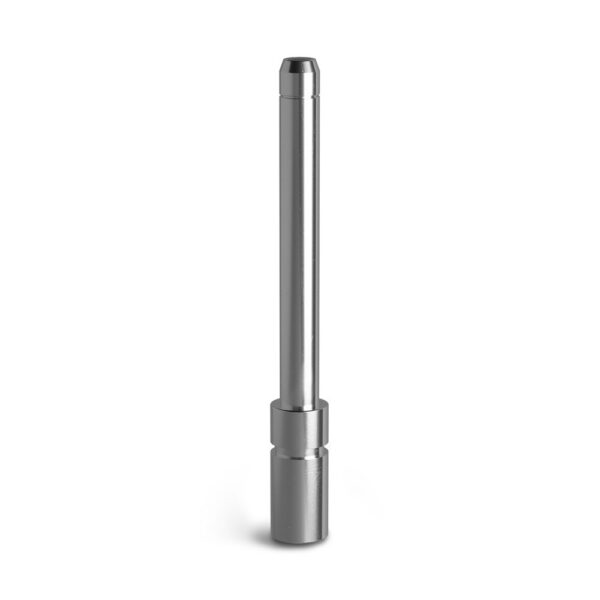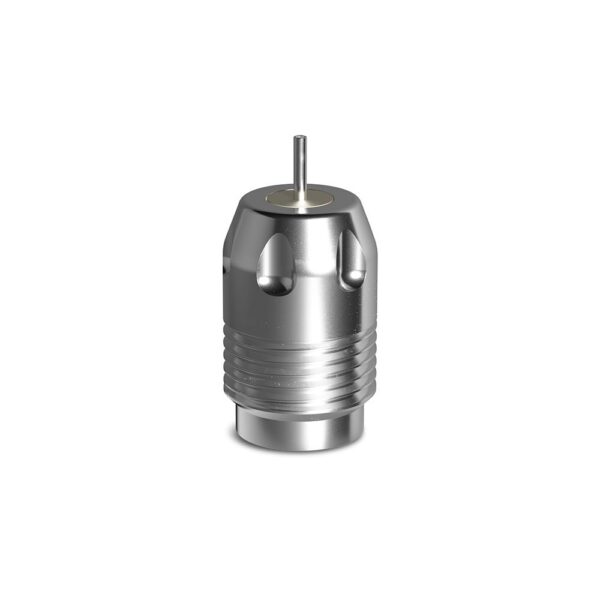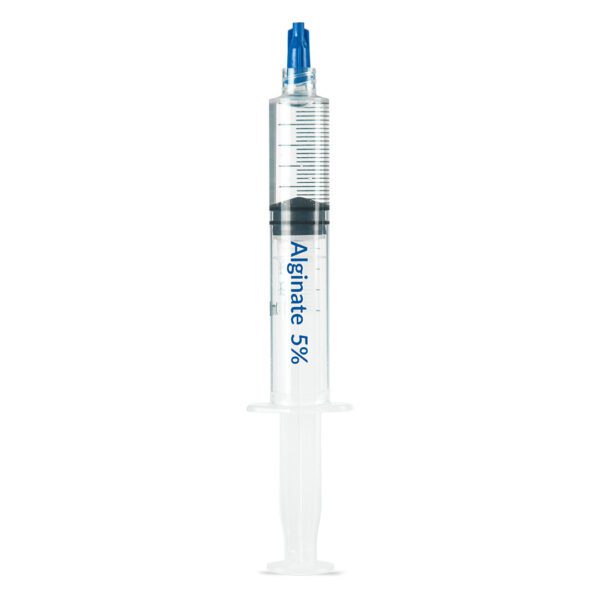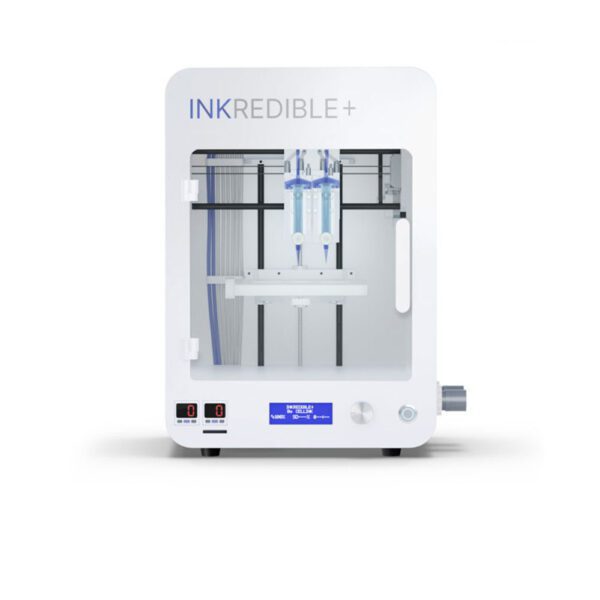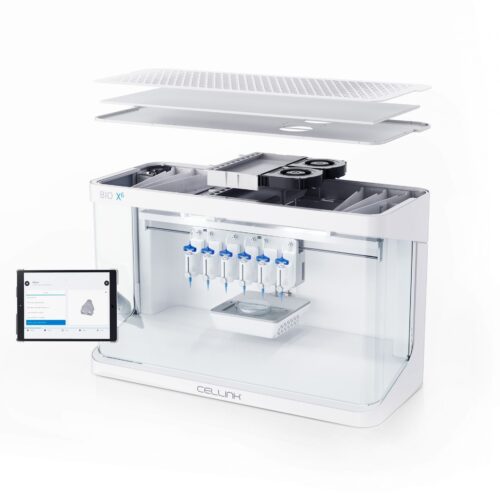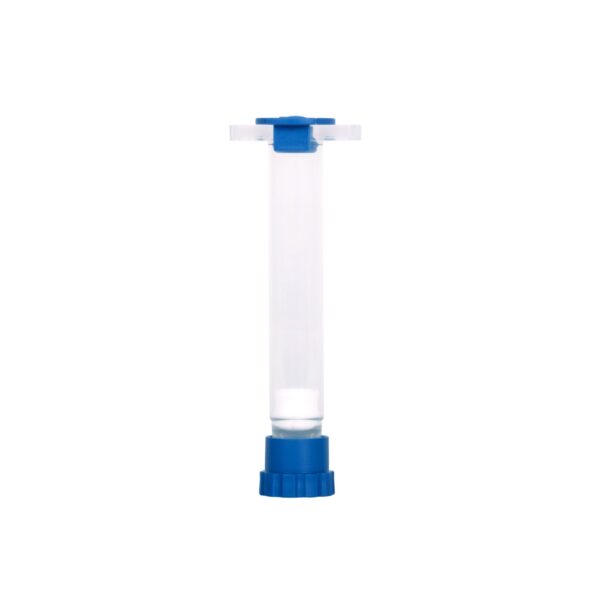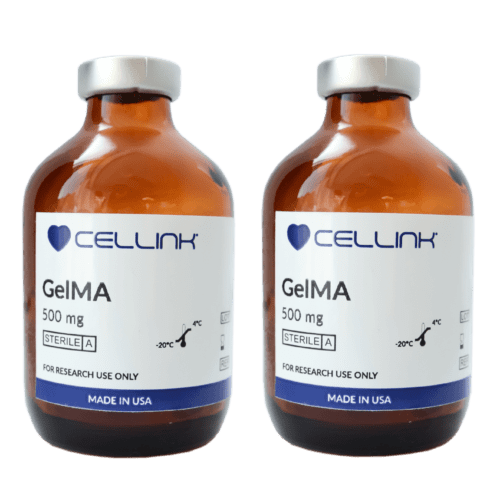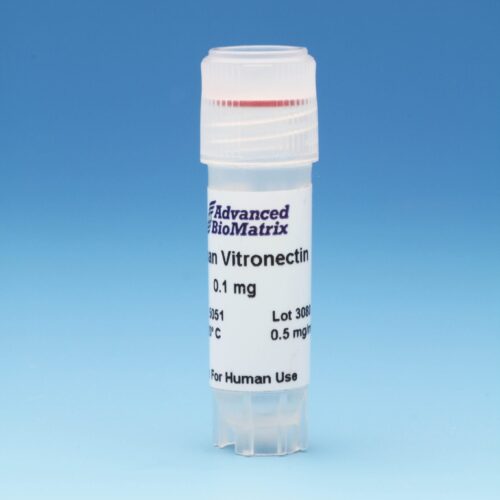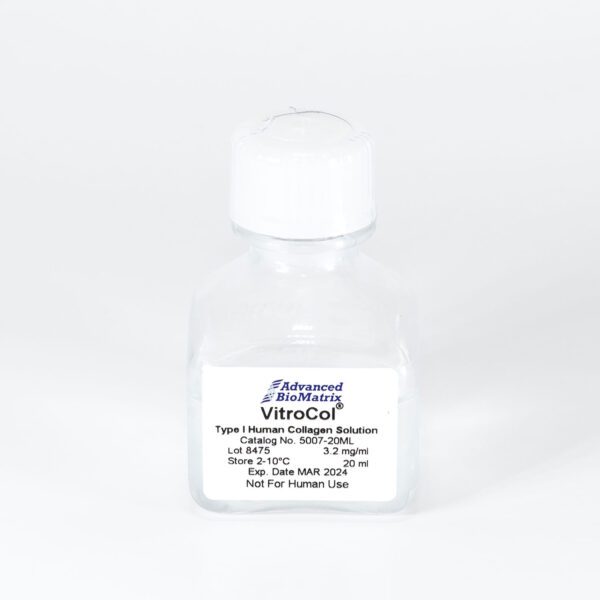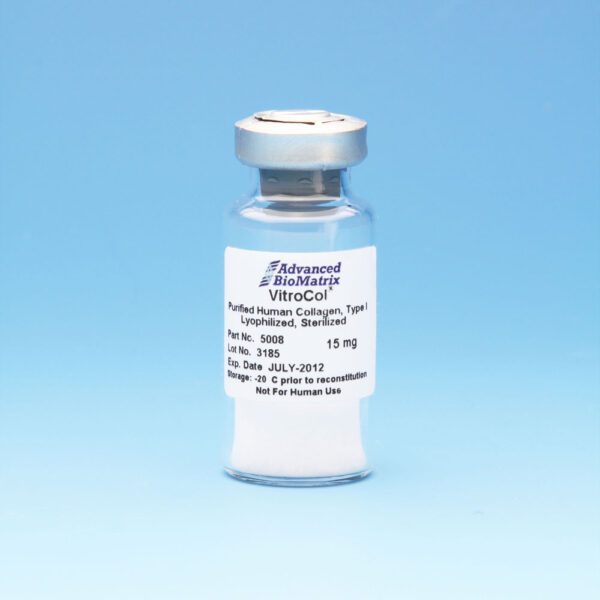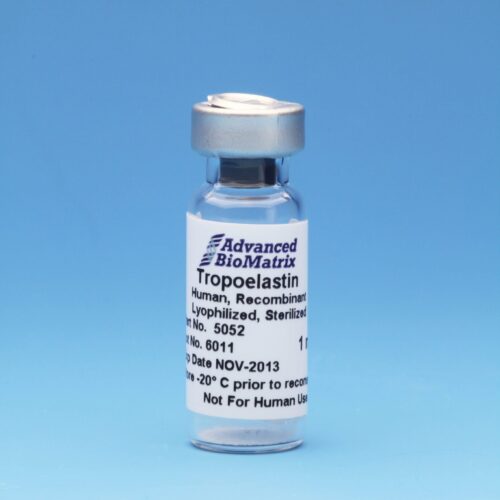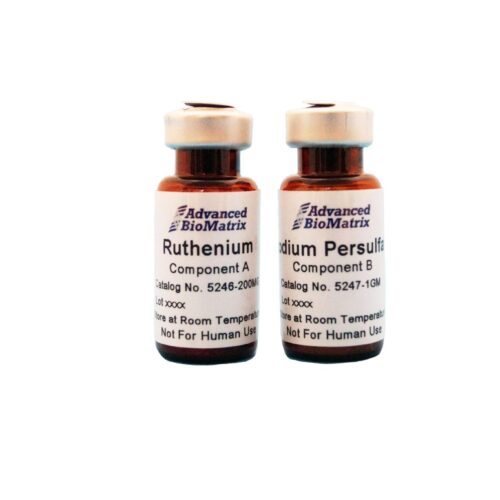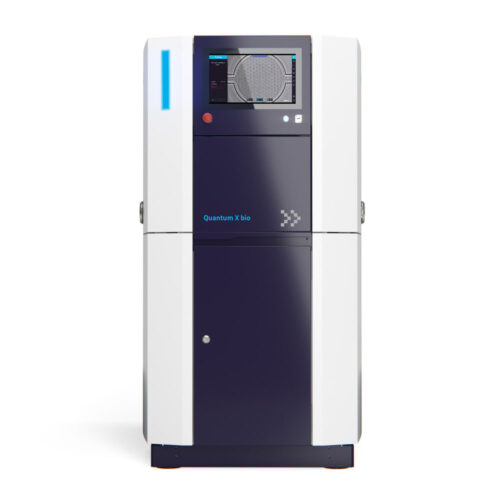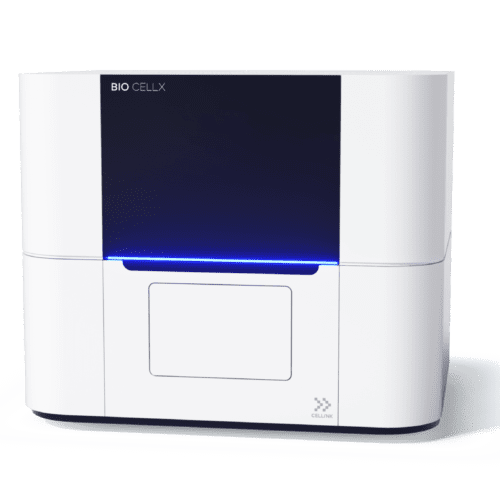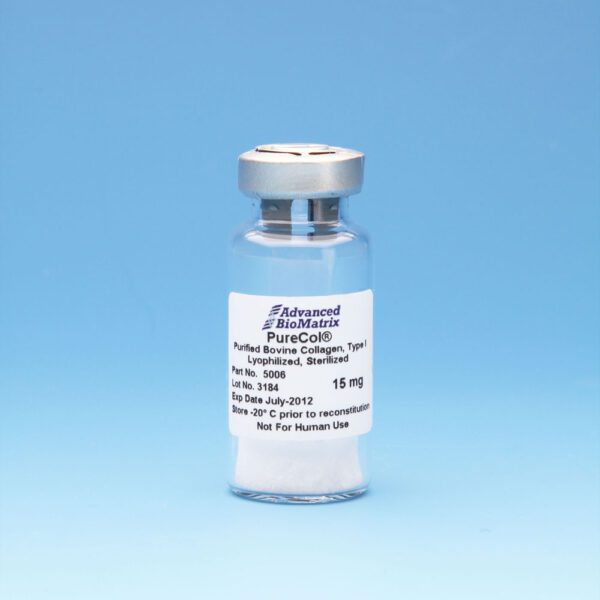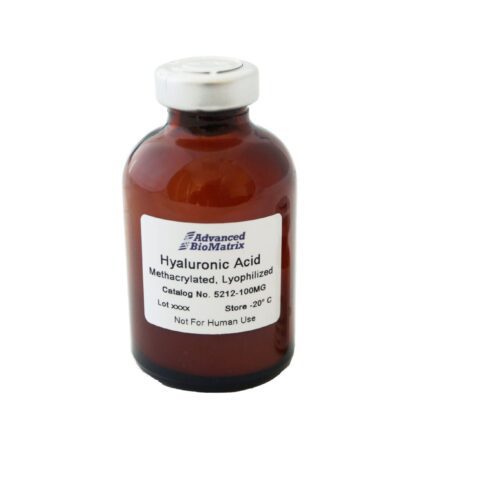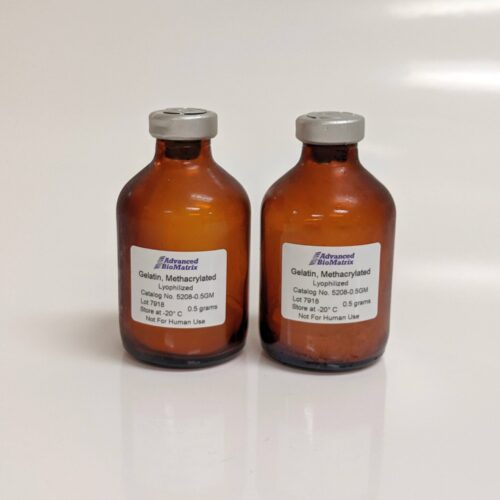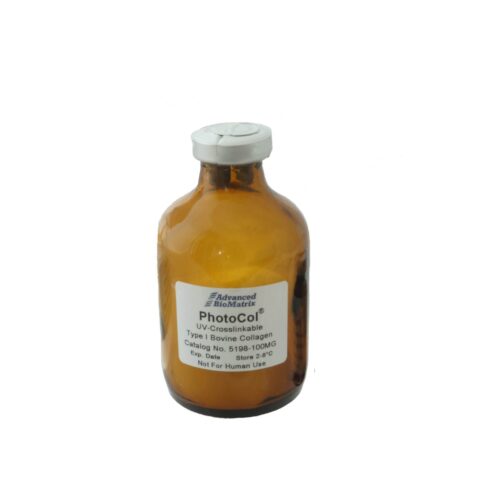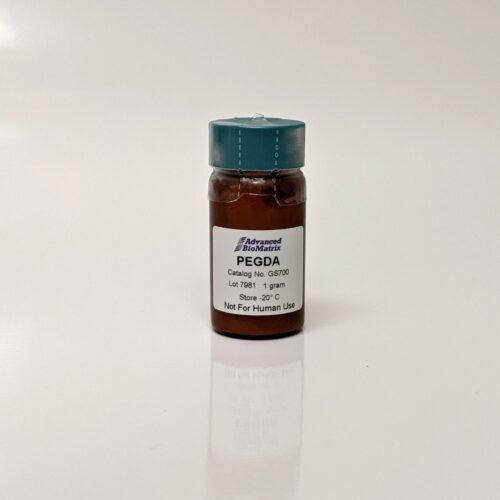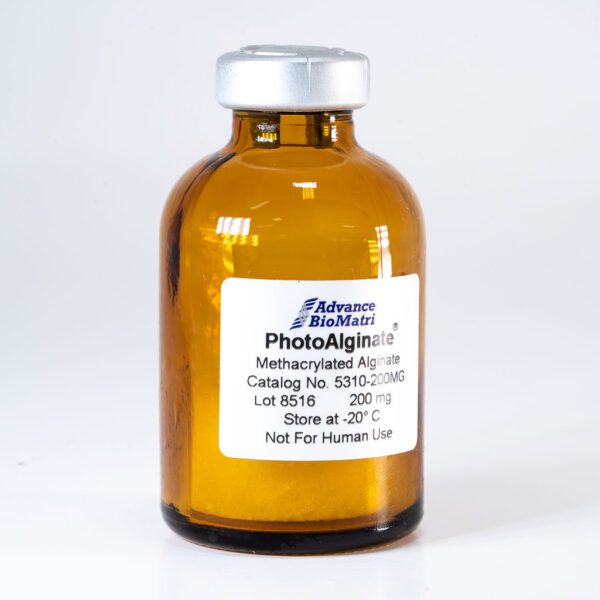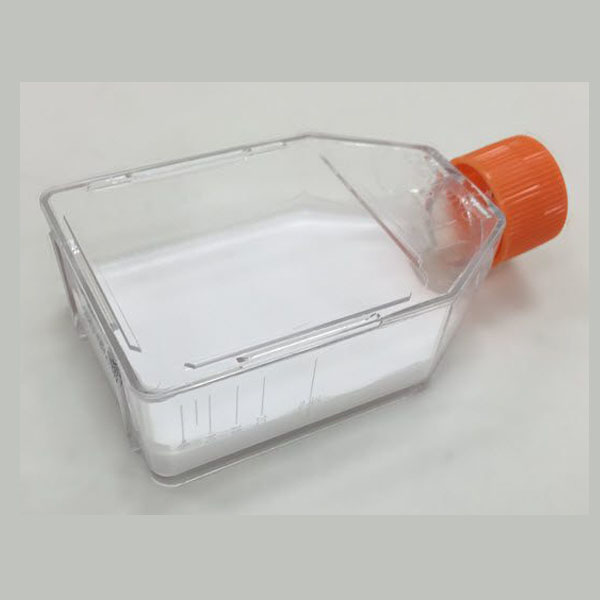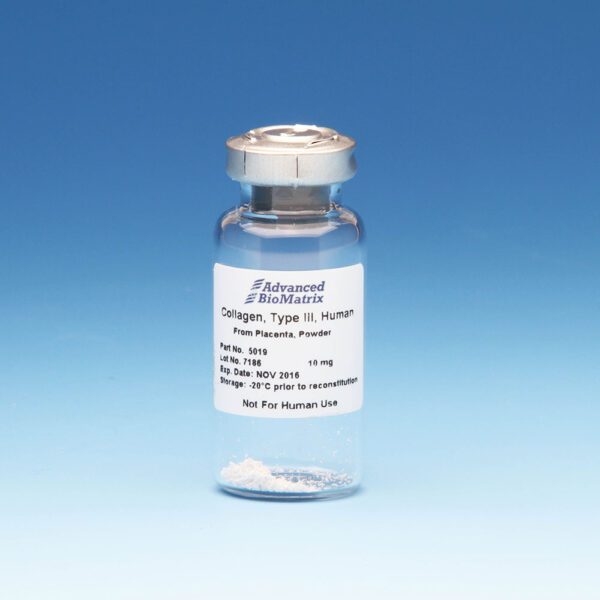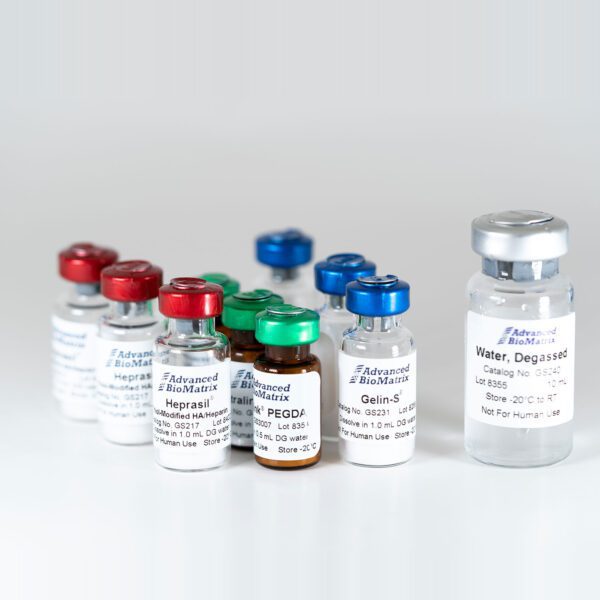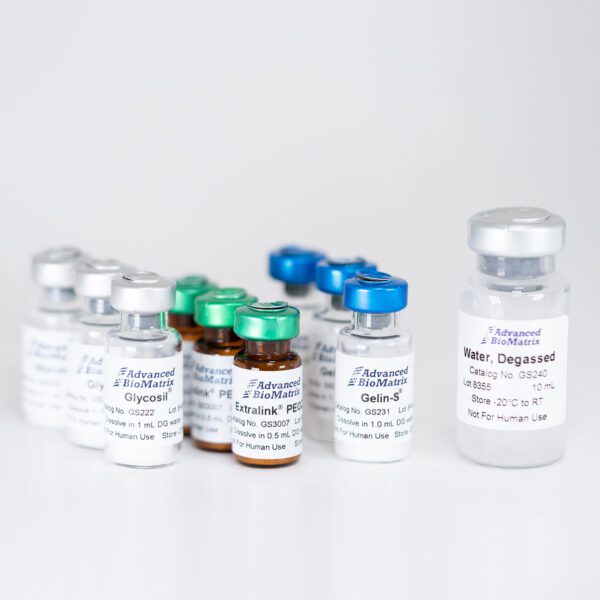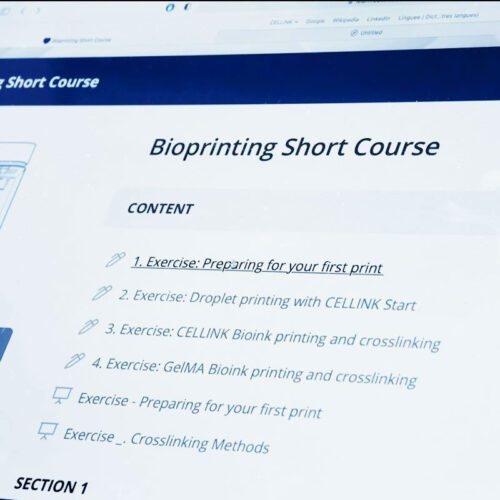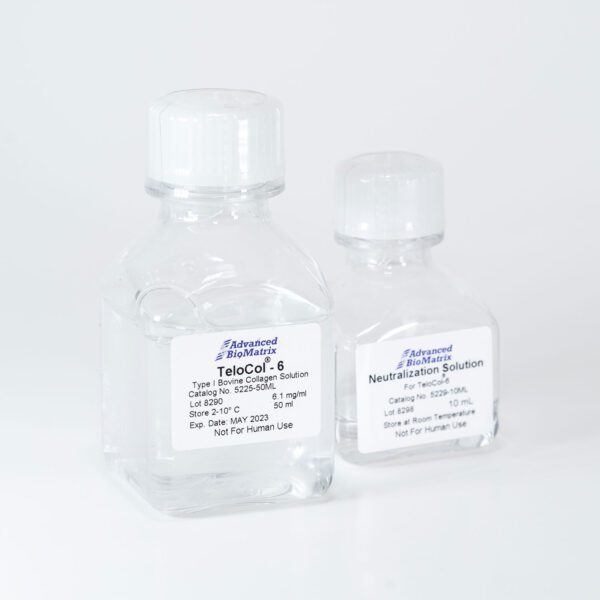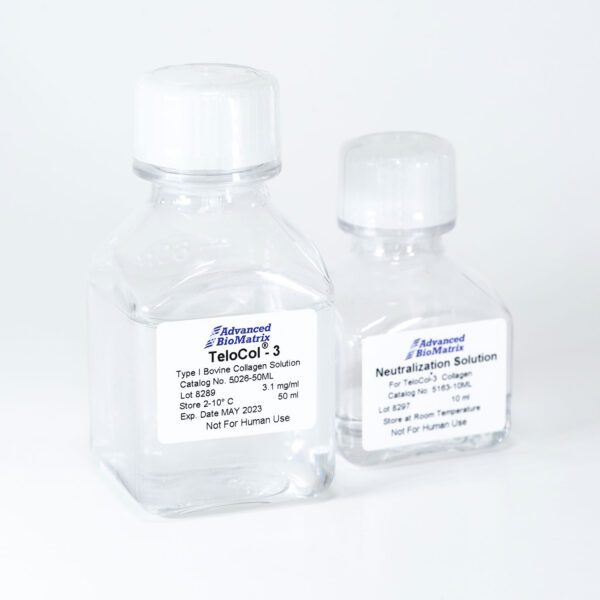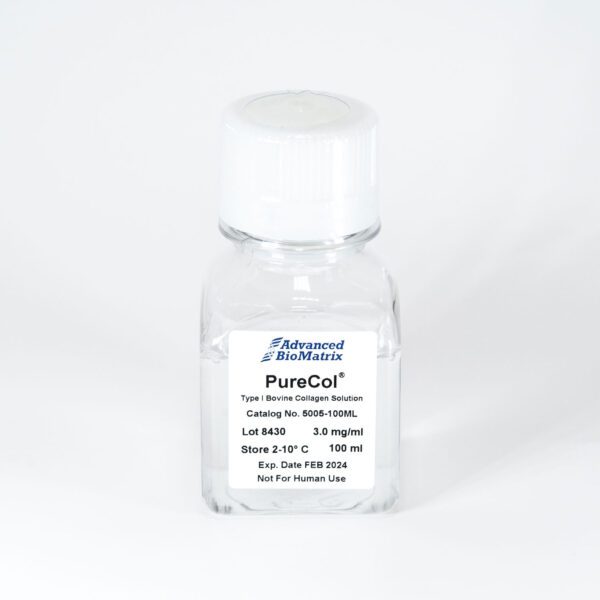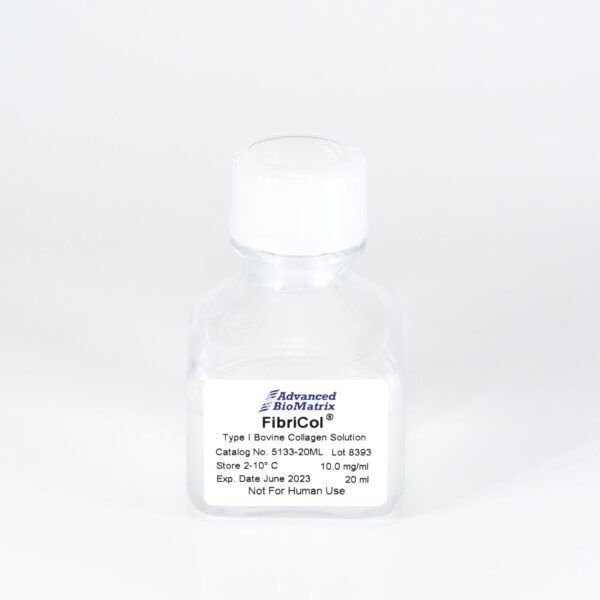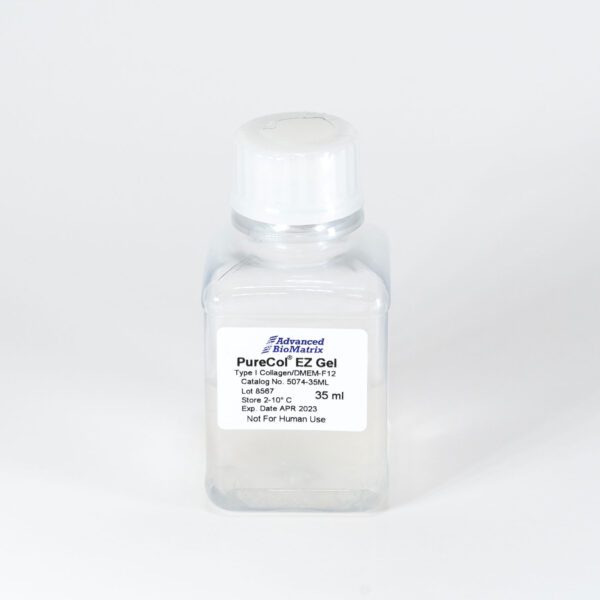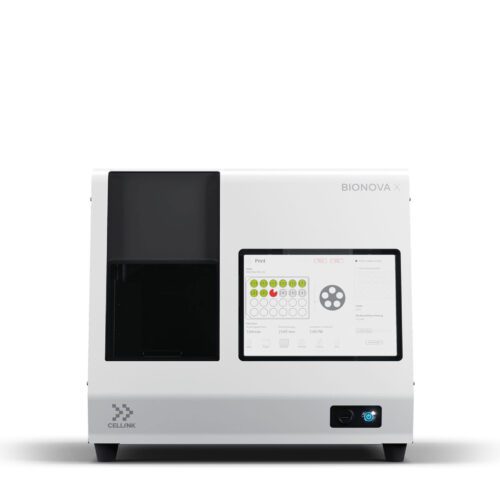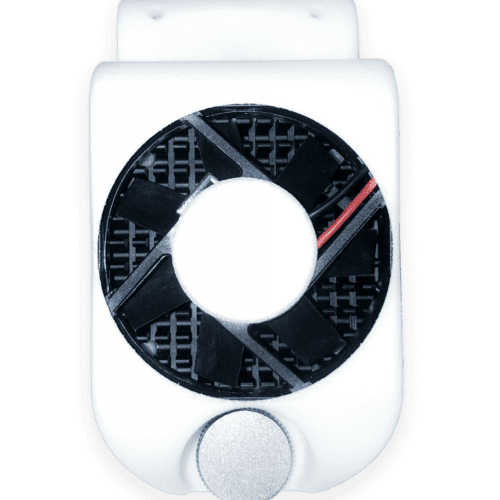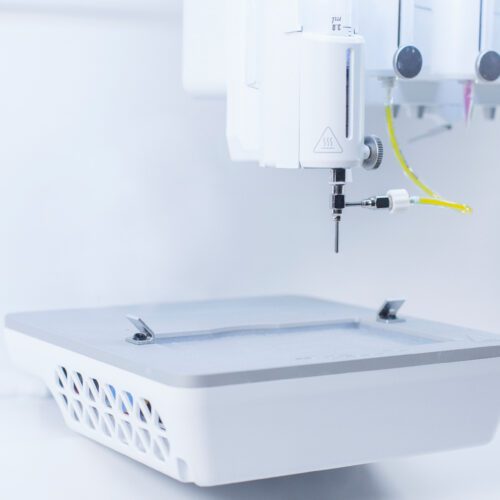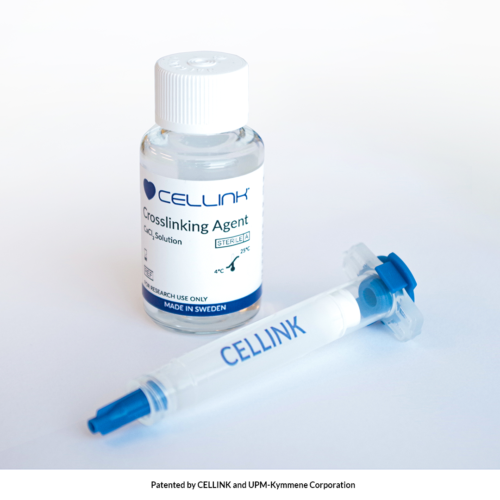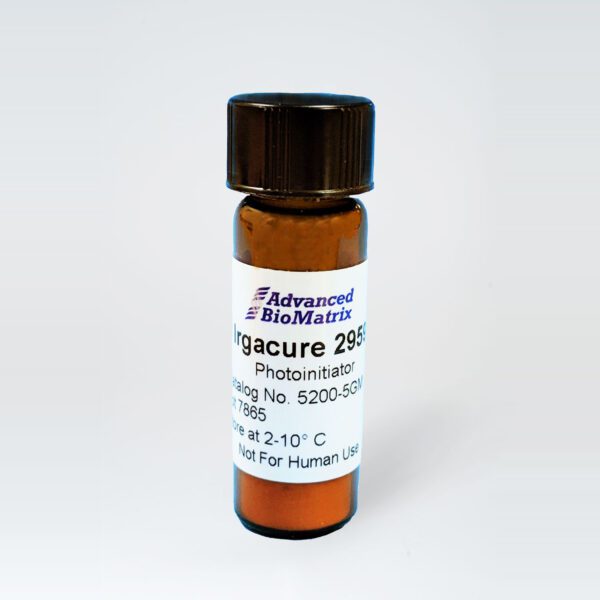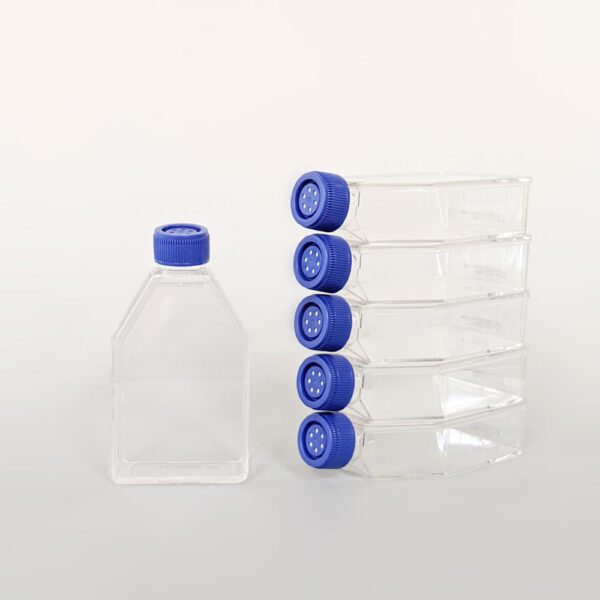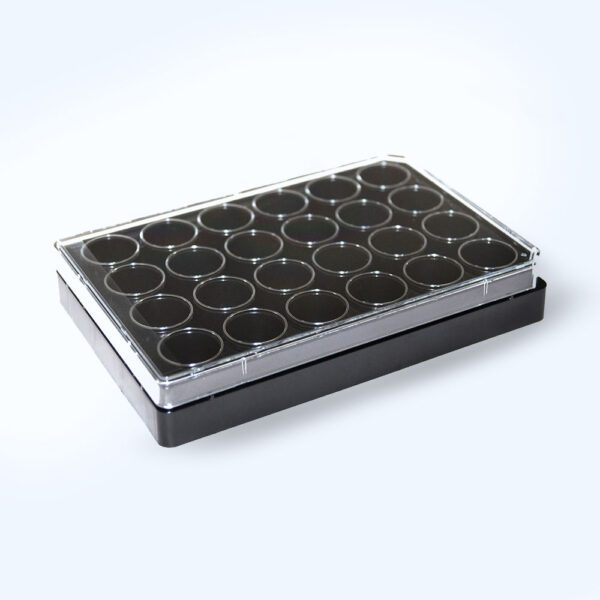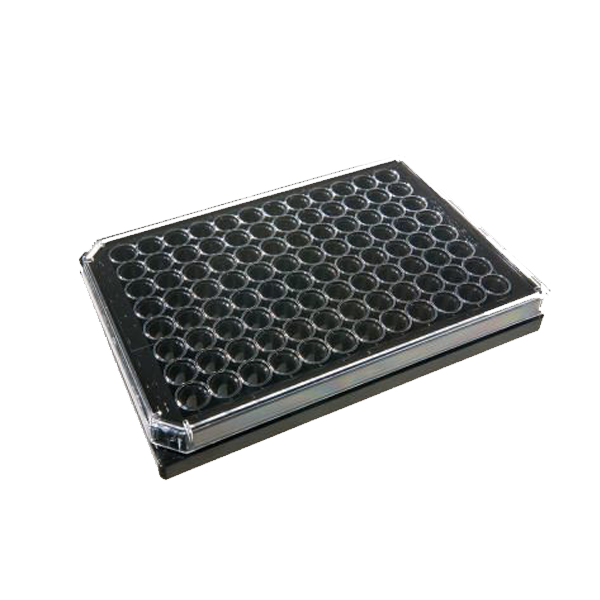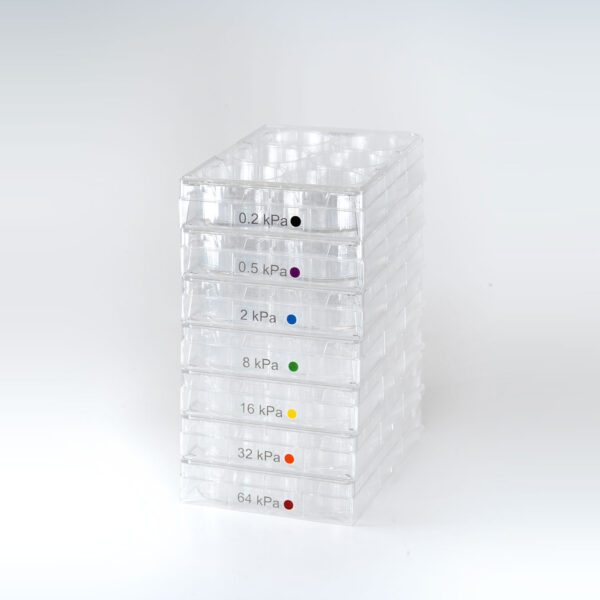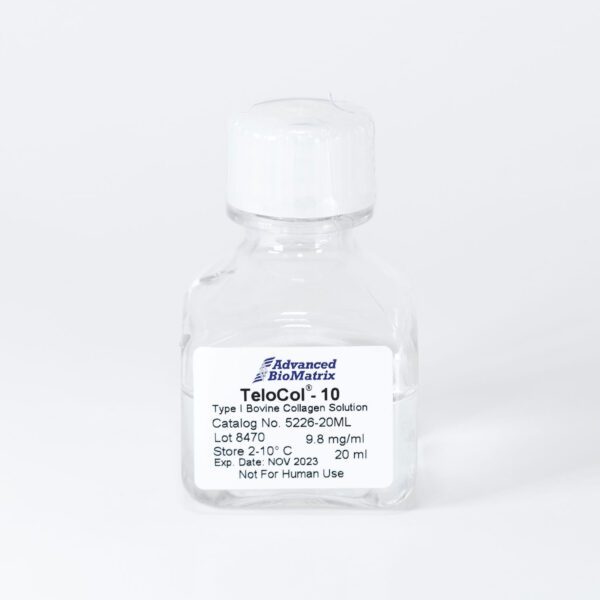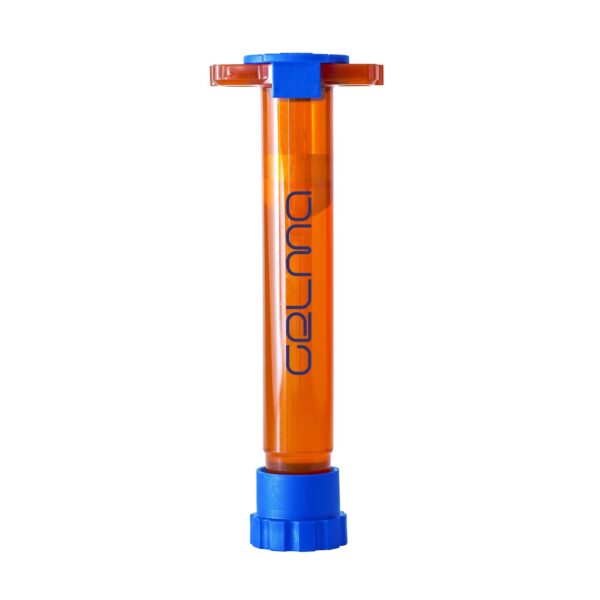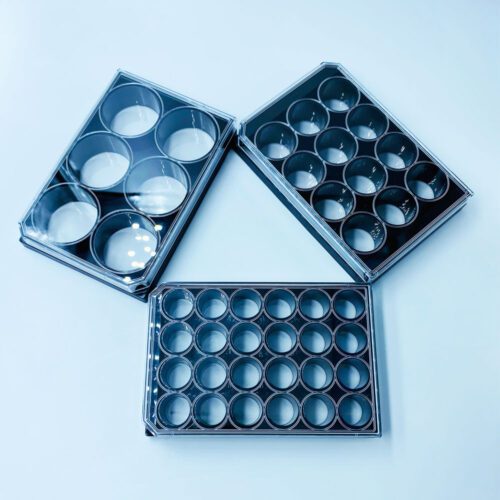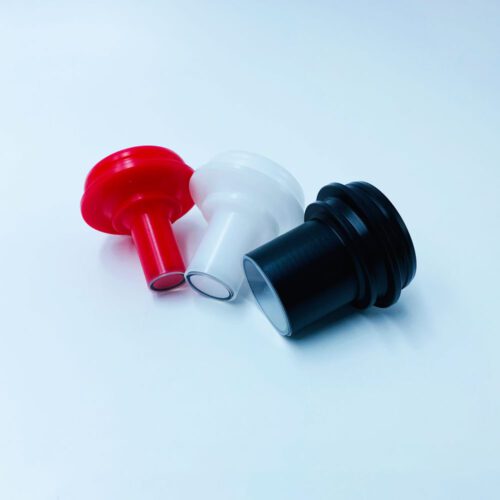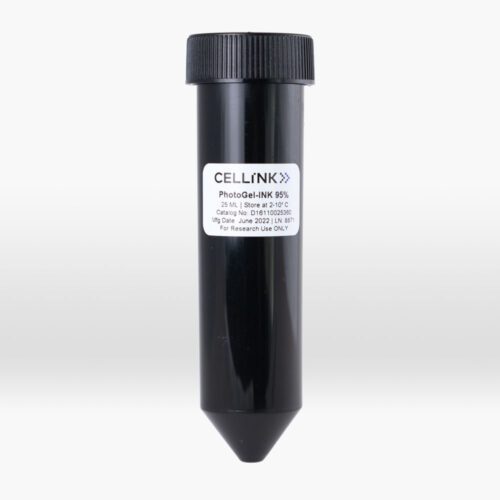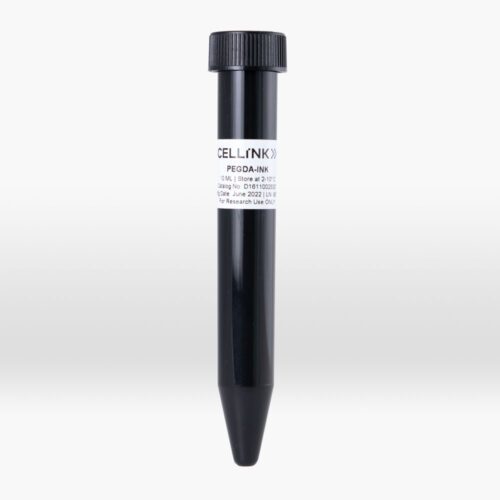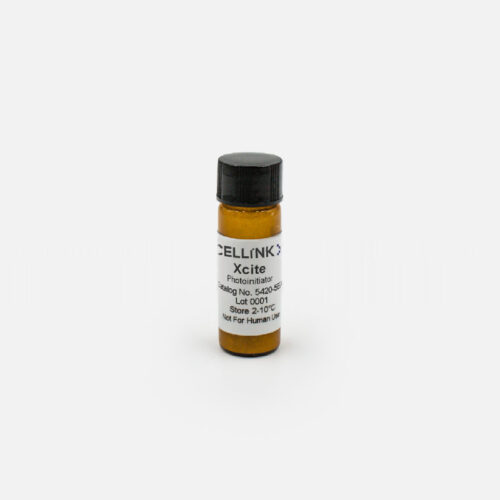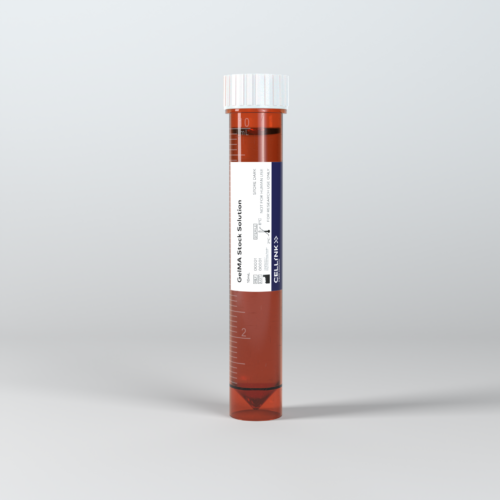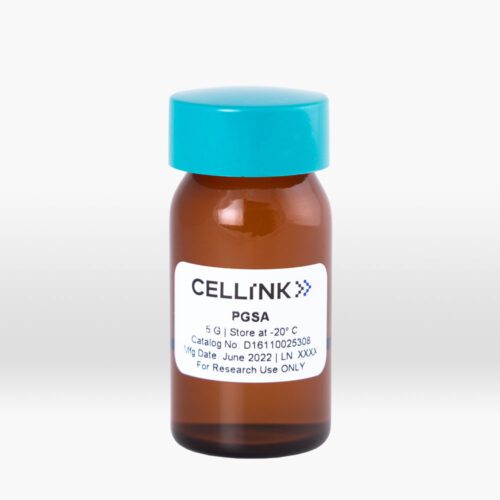Aerospace and Defense
Reaching New Heights in Program Success
Bridge the gap between the virtual and real world to accelerate from concept to operations.
Across the Aerospace & Defence industry, rising customer expectations (lower costs, higher standards and increase capabilities) along with growing program complexity make it more challenging to compete.
As systems become more complex to design, build and deliver, OEMs and suppliers need to accelerate innovation, drive efficiencies and move to the factory of the future to allow for greater agility on production rate. This requires a new way to conceptualize, design, manufacture, test, certify and sustain new air and space vehicles.
The aerospace industry is known for making giant leaps in technology with each generation of aircraft. The next decade will see more of these great leaps than the past ten with significant new challenges in sight and new technologies emerging to overcome them.
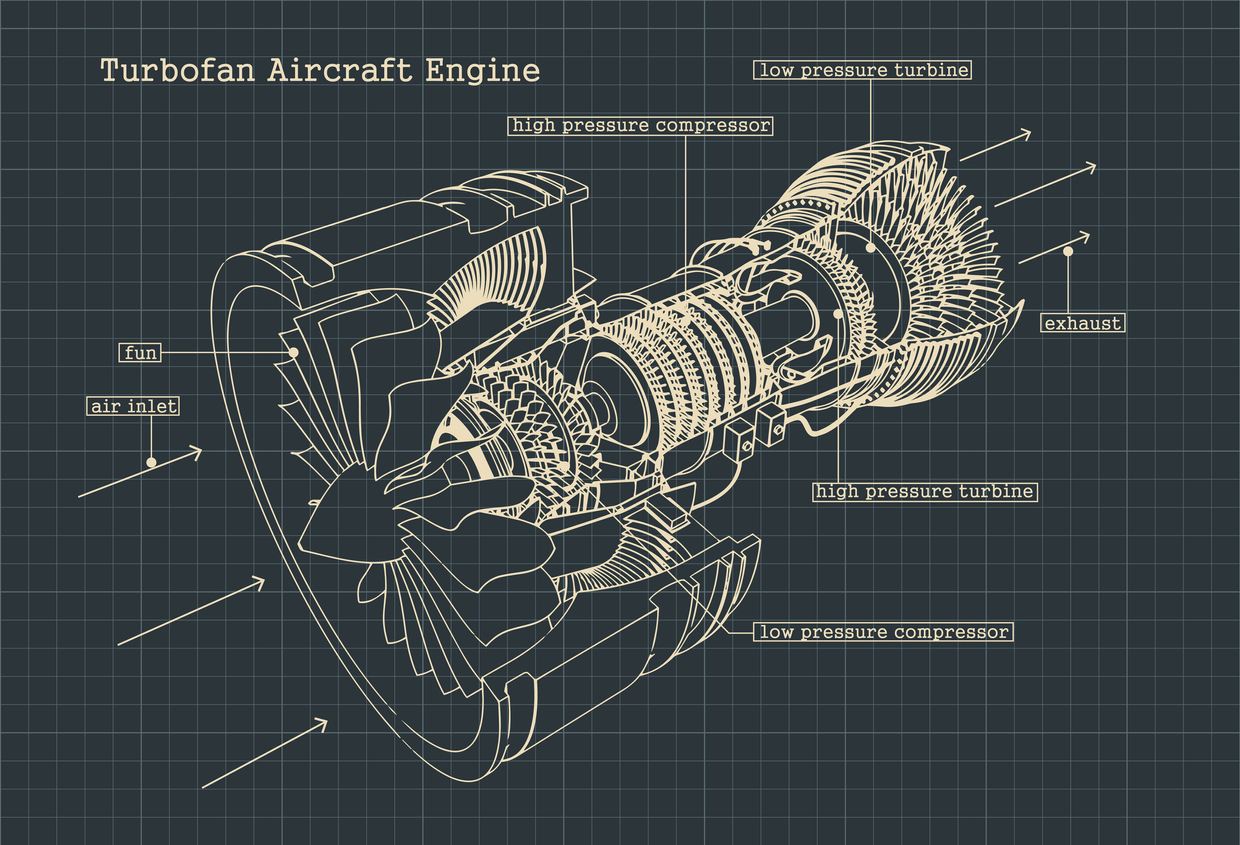
Original Equipment Manufacturers (OEMs) must consider how to safely and sustainably move faster through adoption of advanced materials, robotics, additive manufacturing, artificial intelligence, advanced data analytics and other technologies. They need to use these new capabilities to achieve greater effectiveness and versatility together with their value network for delivering manned and unmanned systems, greater fuel efficiency in commercial aircraft and increased reliability and cost-effectiveness across the board.
While aerospace and defence suppliers are now accountable to drive significant cost reduction and ensure higher levels of quality, they must also create increasingly complex components and sub-systems to meet OEMs’ demand for innovation. This requires serious investment in new engineering and manufacturing capabilities to increase innovation and drive costs down, to ensure consistency and traceability of all products and process information, to comply to programs and regulations requirements, while protecting vital Intellectual Property.
An unprecedented period of defence modernization is starting, triggered by the global geopolitical instability. Countries around the globe invest significantly in the development and acquisition of more capable weapon systems to strengthen their defence forces and meet the new threats of 21st century warfare.

As these threats evolve quickly, a key challenge is to develop capabilities and systems that can be reconfigured and modified quickly. In this context, efficient cooperation among all stakeholders becomes critical.
But speed is not only required at design and manufacturing level. The whole acquisition cycle must be shortened in order to ensure the availability of the systems when needed. Across the Aerospace & Defence industry, rising customer expectations (lower costs, higher standards and increase capabilities) along with growing program complexity make it more challenging to compete.
As systems become more complex to design, build and deliver, OEMs and suppliers need to accelerate innovation, drive efficiencies and move to the factory of the future to allow for greater agility on production rate. This requires a new way to conceptualize, design, manufacture, test, certify and sustain new air and space vehicles.
One of the major drivers in Aerospace & Defence is end-to-end quality management, based on the APQP Industry standard. With this release we are making a large step forward towards Data Driven Total Quality for Aerospace & Defence by delivering the enhanced Model Based Design Failure Mode and Effect Analysis process capabilities with the Aerospace Safety Assessment industry process experience in Cleared to Operate. The corresponding enhancements for the Model Based Process Failure Mode and Effect Analysis process capabilities are provided by DELMIA and are now part of the new industry process experience, Manufacturing Quality & Control Engineering, in Ready for Rate.
This delivery enables us to fully engage on the Quality Engineering domain as well as downstream for Manufacturing as well as Maintenance Repair and Overhaul Quality Management.
Program Excellence
- Sustainability Driven Engineering -Its scope is extended to cost analysis. A detailed taxonomy of recurring and non-recurring costs can now be reported against engineering definition and analysed at any product structure level. It complements Life Cycle Assessment (environmental impact) and Weight & Balance analysis to provide a 360° view of these engineering key performance indicators. Best design alternatives can now be clearly compared in order to take best balanced decision.
Cleared to Operate
- Validation & Verification Strategy, Execution & Analyticsincludes improvements on the Test Manager (VRP) role related to issue management and integration with route for more robust release of VRP Test Specifications and Test Cases.
- Aerospace Vehicle Safety Assessment includes the System Failure Analyst(SQA) role that has become available on the Public Cloud.
- Airframe Structural Vulnerability Analysis users can now accurately predict damage of bonded interfaces and investigate the propagation of delamination’s in composite structures by defining cohesive elements natively on the 3DEXPERIENCE platform. Also, users are enabled to capture improved mesh flow patterns to accurately evaluate the crashworthiness of aerospace structures and assess safety performance criteria.
- Aircraft Aerodynamic Performance incorporates a new Concept Aerodynamics workflow based on nativeFluid Dynamics Engineer (FMK) role for inviscid flows.
- Aerospace Communication & Detection System Performance and Aerospace System Electromagnetic Performance electromagnetics simulation users can now access 3DEXPERIENCE composite information with CST Studio Suite(POWER’BY).
Ready for Rate
- Manufacturing Quality & Control Engineeringis a new industry process experience thanks to the new CA DELMIA role, Process Quality Analyst. It focuses on documenting the Advanced Product Quality Planning (APQP) process with quality plans to support related processes as well as provide tools for collaboratively working with suppliers to effectively execute components of the APQP process.
Build to Operate
- Production Scheduling new on the Public Cloud sales content including Compelling Value, Video, and IDCard as well as dedicated new business process and solution capabilities for short-term scheduling in the 3DEXPERIENCE platform.
Engineered To Fly
- Sustainability Driven Engineering still follows the updates inherited from the high-end industry solution experiences, specifically Sustainability Driven Engineering (renamed from Weight & Sustainability Driven Engineering).
Consumer Packaged Goods – Retail
When consumers want it yesterday, be first to make it and first to market.
The Consumer-Packaged Goods & Retail industry covers the manufacturing of products across the “Food & Beverage”, “Beauty and Personal Care” and “Household Products” segments. It also covers General Retailers (as Grocery stores, General merchandise stores…) as well as Packaging Suppliers who often contract with Brand Manufacturers to provide the product packaging.
The main activities are linked to the Design, Development (Formula Design), Regulatory compliancy, Manufacturing / Sourcing, Packaging & labelling, and Logistics.
Today’s ‘new consumers’ in the Consumer-Packaged Goods (CPG) & Retail industry are no longer concerned with just product quality and price, they now want to be part of a collaborative and sustainable product experience. When a brand or retailer fails to deliver on these expectations, consumers will move on.
As a result, CPG companies need to improve the success rate on their product innovation and launch it in market faster. Leading CPG and Retail companies are leveraging digital solutions to be more resilient and deliver innovation from concept to consumer with extraordinary speed to delight consumers and drive sustainable business growth.
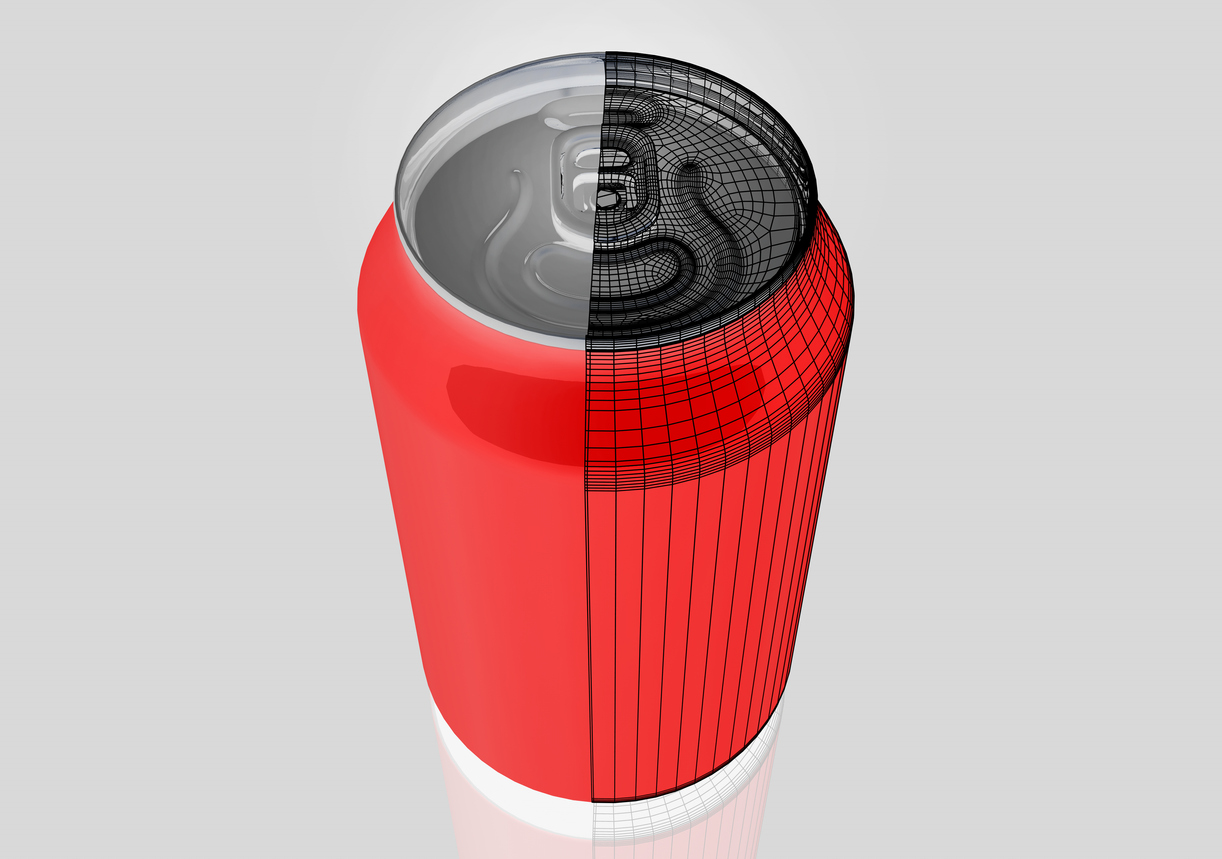
Marine and Offshore
Break down silos with digitalization to unleash a new wave of collaboration.
In today’s highly competitive Marine & Offshore industry, staying profitable means big changes. There is a clear need to rethink processes, to be smart and connected at all levels of the value creation chain. Marine & Offshore is ready to embrace digital transformation to achieve new efficiencies. A business platform that provides end-to-end continuity from ideation to ship in service is essential. One that integrates design, engineering, simulation, manufacturing, and business processes in a single collaborative environment. Lower lifecycle costs and meet commercial ship owners’ and operators’ mandate to cut back total cost of ownership. Pursue capital improvements, streamline construction, increase operational availability and lower overhead expenses to operate the ships.
Reduce lifecycle costs to meet governments’ demand for total cost of ownership reduction. Pursue capital improvements, modernize production processes and technology, reduce operation and maintenance cost to increase value for navies. Offshore builders are challenged to improve their shipyard efficiency to adapt and develop new innovative, highly specialized offshore platforms and specialized support vessels to meet new market needs. Meet ambitious schedules with greater reliability, ensure on-time and on-budget delivery for increased client satisfaction and secured repeat business.
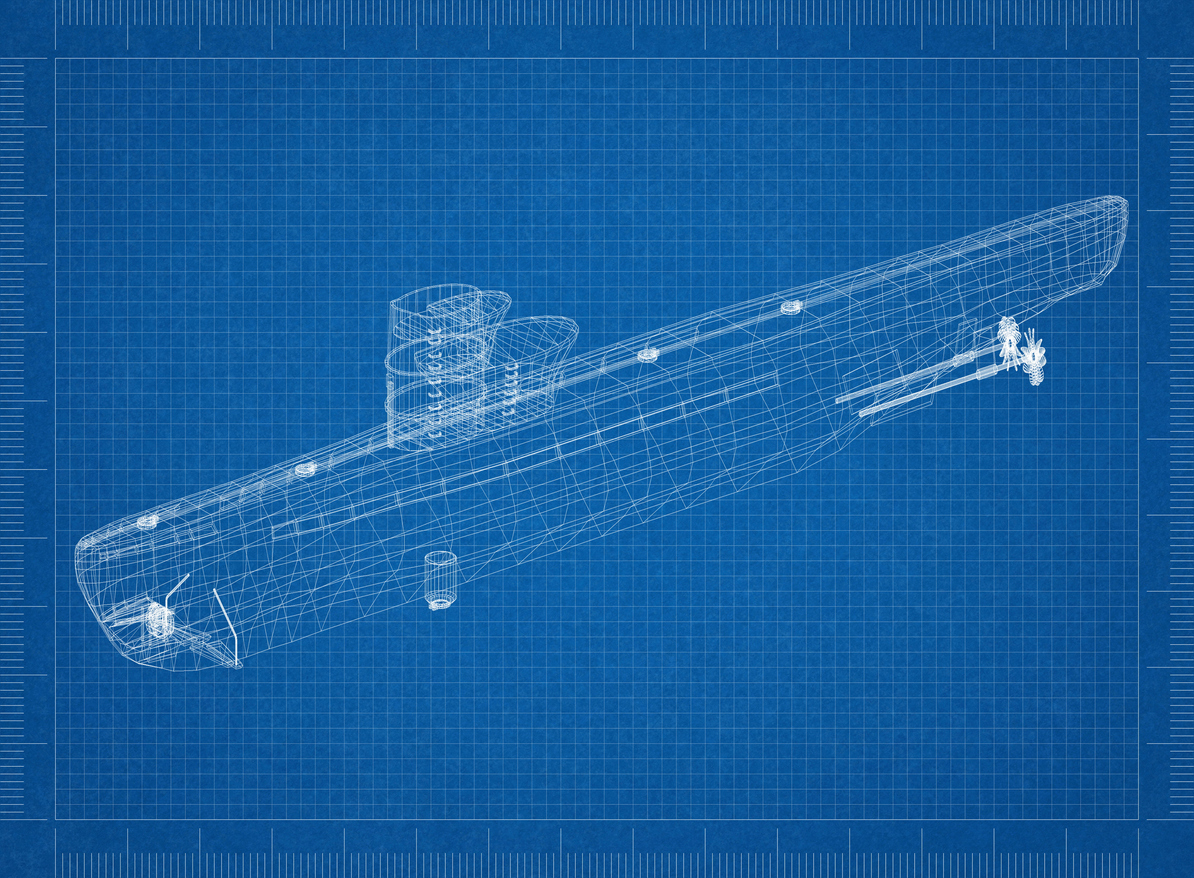
Infrastructure, Energy and Materials
Rethink energy and materials innovation to create a sustainable future
The Infrastructure, Energy & Materials industry serves five different markets:
- Mining: From exploration companies to operators and service providers
- Metals & Minerals: Raw materials processing plants (steel, aluminium, cement, glass, etc.)
- Oil & Gas: All the Oil & Gas supply chain (exploration & production, refining, petrochemicals, transportation & storage, etc.)
- Chemicals: Basic chemicals, polymers, specialty chemicals, industrial gases, and fertilizers
- Power: Nuclear, hydro, thermal, wind solar, and stationary storage
- Civil & Transportation Infrastructure: Roads, highways, bridges, rails, and metros
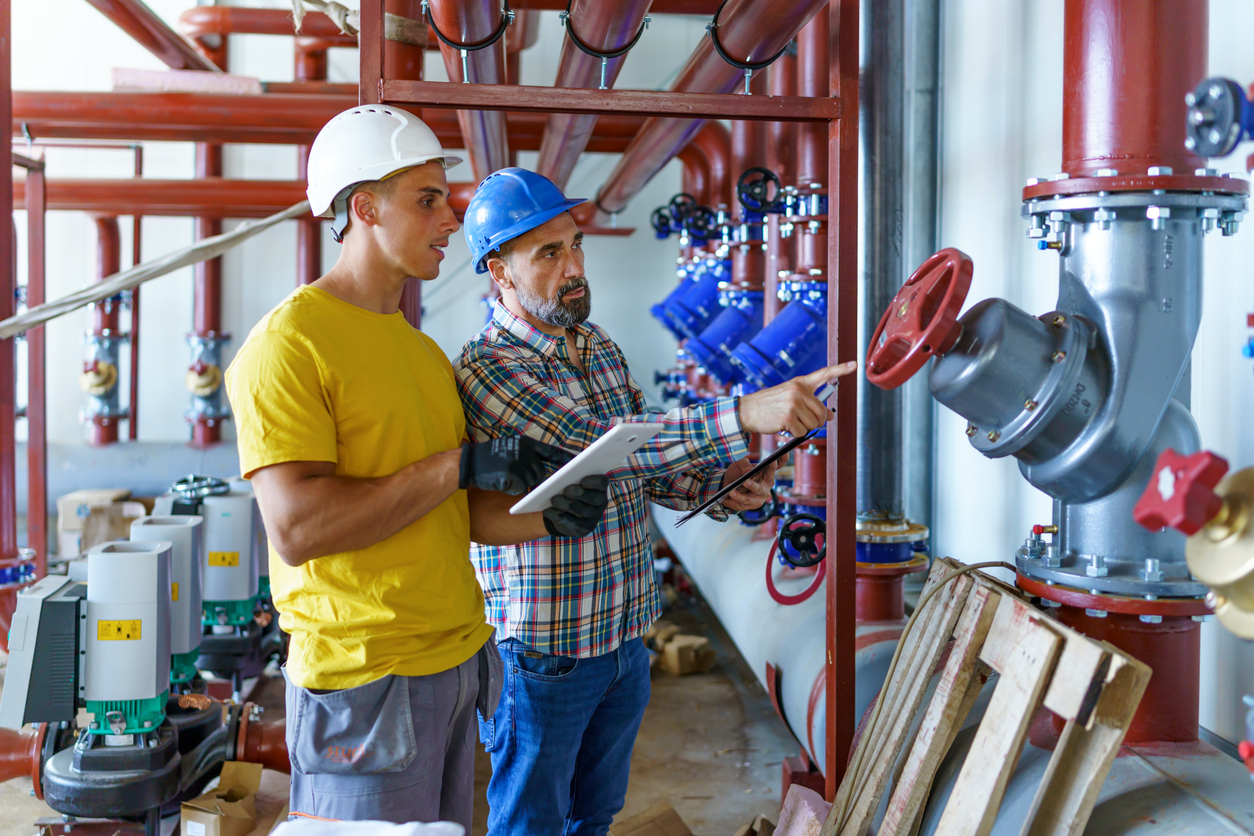

The Infrastructure, Energy & Materials industry serves different types of customers:
- The Research & Development (R&D) organizations who work mainly on chemical formulation and material science.
- The Owners-Operators (OO) who own and operate their assets (mines, plants, facilities, networks, etc.)
- The Engineering, Procurement and Construction (EPC) companies who design and build those assets or refurbish them for the benefit of the OO.
- The Original Equipment Manufacturers (OEM) who design, manufacture, and supply ad hoc major equipment to be integrated in the OO assets. Those customers provide generally associated aftermarket services related to the equipment they provided.
- The Field Services who are involved in Maintenance, Repair and Overhaul (MRO) activities on the OO assets.
- The other organizations involved in regulatory or technical control, Inspection and Certification (TIC), or auditing for each vertical
- The whole value chain: ownership, operations, architecture, engineering, and contractors.
Infrastructure, Energy & Materials businesses (including power, oil & gas, mining, metals & minerals, and chemicals) face many challenges. Environmental concerns and increasing public scrutiny drive rising interest in alternative solutions that disrupt traditional business models. Complexity may arise from aging infrastructure and new, technically demanding assets. Volatile prices and low productivity put profits under continuous pressure.
Infrastructure, Energy & Materials businesses must therefore diversify into new ventures, increase their pace of innovation, improve organizational and infrastructure efficiencies, and increase responsiveness by aligning product supply with changing priorities and demands of customers and society.
High-Tech
Deliver Innovative Market-leading Electronic Experiences
The High-Tech industry addresses what sits at the beginning of the IT value chain, semiconductor and electronics technologies. They affect everything that follows, from electronic equipment to consumer products. All of these items have their foundation in electronics technology.
The goal is to “Simplify and accelerate innovation to create richer consumer experiences”.
From Consumer Electronics to Control and Telecommunications Systems: High-Tech goods are no longer simply products that customers “own” but fundamental catalysts of change in how we live. Connectivity and intelligence are turning them into personal and professional experiences.

The Internet of Things (IoT) is enabling what can be called the “Internet of Experiences”, where a new class of cross-industry usages and business models go beyond physical products to include software, big data intelligence, networks and content ecosystems. High-tech enhances our modern and connected lives with always-on experiences. As capabilities and opportunities rise exponentially, high-tech companies must become ever more responsive to re-invent and sustain their leading edge while mastering complexity, quality and margin pressures.
Dassault Systems’ 3DEXPERIENCE platform empowers high-tech innovators to innovate faster, yet more sustainably.
Industrial Equipment
Digitalize manufacturing to deliver made-to-order innovation.
Industrial equipment comprises the manufacturers of machines, tools, equipment or vehicles that are used to manufacture, extract, harvest or handle another product.
The growing trends of the 4th Industrial Revolution – automation, IoT, artificial intelligence, big data analysis, networked communications, machine learning and cloud computing – mark a significant change in the way we work and how we engage with our customers. These emerging technologies are providing advanced and disruptive Industrial Equipment solutions that support the creation, production and delivery of sophisticated and efficient machinery, equipment and components. Customers want products that are customized to their specific needs, but they don’t want to pay more for it. These high expectations are forcing Industrial Equipment companies to become more flexible and agile to meet increasingly personalized and complex requirements.
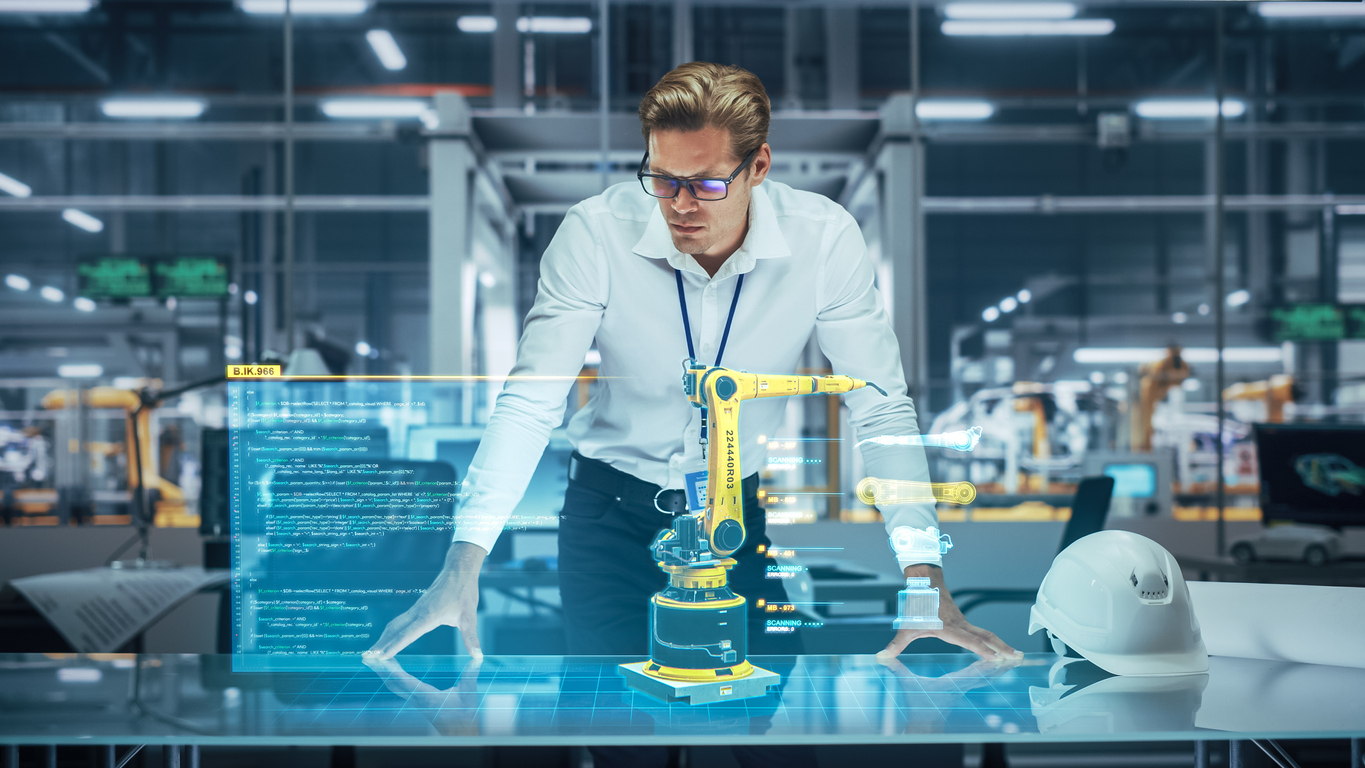
The emerging technologies of the 4th Industrial Revolution enable manufacturers to connect the needs of the market with the production system. Intelligent digital connectivity empowers manufacturers with the capacity to develop and deliver the product that the customer wants, when they want it, and at a competitive price. Industrial Equipment companies need to break their own silos and empower their people to work together globally and collaboratively. As an agile enterprise you can respond quickly and effectively to changes in market demands and increase the speed of delivery.
Enterprise Agility is the ability to manage enterprise information systems and ecosystem of suppliers and customers in a way to reach full agility. And with one accurate source of information, you can design, sell, manufacture and service from anywhere.
Every minute the machine is running translates into additional revenue. Equipment as a Service offers more effective business operations and a simpler financial model based on pay per use or even better pay per outcome models. This enables OEM customers to replace their high capital expenditures (CAPEX) purchasing model with multi-year service agreements managed as operating expenses (OPEX).
This business transformation puts servicing at the forefront of the industrial equipment product development process. It also aligns OEM and OEM customers’ interests, provides a recurrent revenue flow and offers OEMs a much deeper customer intimacy through real-time operations intelligence.
Academia
Whether you’re talking to a student, a teacher, a customer employee or someone running their own business, here is everything you need to promote the 3DEXPERIENCE Edu offer.
We’re experiencing a global Industry Renaissance, bringing new ways of inventing, learning, producing, and doing business. To prepare for it, and the digital revolution that comes with it, students and professionals need to acquire new skills. This will help ensure they’ll be ready for tomorrow’s job market and up to date with fast-evolving work practices. This is the purpose of 3DEXPERIENCE Edu.
3DEXPERIENCE Edu is a whole new world. A world of excellence and inclusiveness, a world of purpose and fun, a world of communities and individual performance. Take a moment to browse the various resources we’ve developed to help you address the learners in this new world!

Academic Success
Dassault Systemes is dedicated to ensuring the employability of tomorrow’s engineers using the 3DEXPERIENCE platform. We have several offers available including 3DEXPERIENCE on the Cloud and on-premises, plus established applications from virtually all DS Brands.
All offers are packaged and priced according to the unique requirements and budgets of academic institutions and contain the exact same technology that’s used by our commercial customers. Academic offers are available for sale to degree-granting academic institutions only.
Reaching New Heights in Program Success. Bridge the gap between the virtual and real world to accelerate from concept to operations.
Transportation & Mobility
Driving Vehicle Innovation toward the Mobility of the Future
The Transportation & Mobility industry covers the rolling vehicles ecosystem. These vehicles include cars, motorcycles, trucks and trains. The ecosystem covers the conception, manufacturing, supplying, retailing and maintenance of the above-mentioned vehicles.
Electric, Connected & Autonomous Vehicles
Next-generation vehicle success requires advanced creative design, shared intelligence, systems engineering and multi-domain collaboration.
Driverless, connected cars are ushering in a new era of travel that is efficient, affordable, clean and green. Experts predict these systems will transform travel in the years to come and shape the future of mobility, smart cities, and interactive communities.
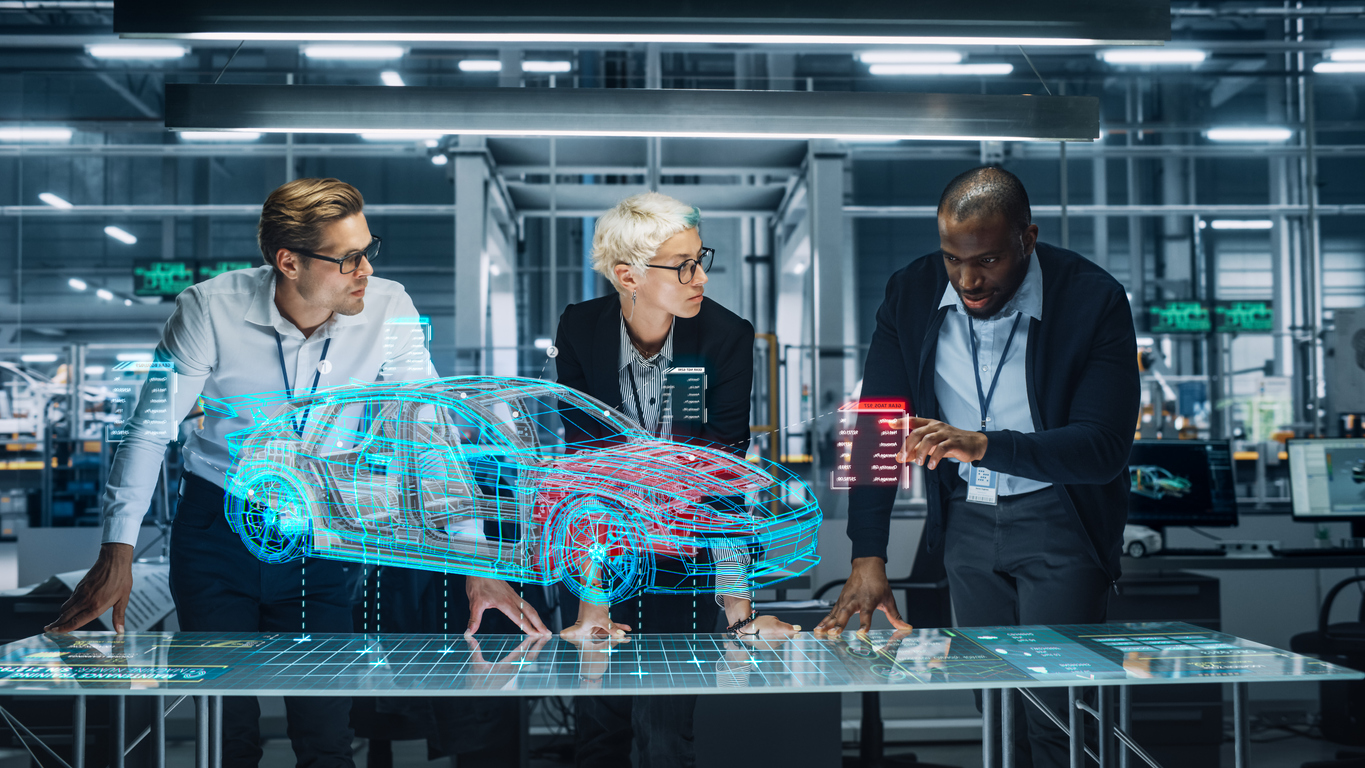
Working towards these priorities, new vehicle innovators and OEM leaders alike have discovered that by connecting internal disciplines on a unified collaborative platform, they are pulling ahead of the competition, driving down costs and designing smarter, safer and always connected vehicles.
New Customer Experience
Dream, explore, validate then seamlessly produce bold new mobility options for demanding global consumers.
Our vehicles are fast becoming integrated mobility experiences, that cater to consumer desires for better infotainment, comfort, safety, performance, energy saving and connectivity.
Cutting-edge solutions are enabling vehicle innovators and suppliers to develop and virtually validate new options that will improve the driving, and autonomous, experience for their customers. These future-forward innovations are a key competitive differentiator to secure current customer loyalty, while also winning new market share.
Quality, Regulations, Cost
Accelerate profitable new opportunities, while ensuring quality, fulfilling global/local requirements, and minimizing expenses.
Global vehicle innovators and suppliers, pursuing complex new opportunities, want to ensure that they can satisfy customer requirements and still deliver profitable results, on target, and aligned with their resources and capabilities.
As new business is won, and successfully completed, critical success factors need to be captured for re-use in a systematic process, to fortify your expertise and knowledge base, and updated with real data when projects are selected, and parts produced.
Mass Production to Mass Customization
Improve visibility, efficiency, and control of manufacturing production and operations, within and across global/local plants.
OEMs and suppliers are challenged with managing ‘leaner’ manufacturing processes, synchronizing operations, and reducing inventories, all while increasing production. They need real-time visibility into their global operations to better implement & control quality processes and optimize production.
Managing regulatory compliance and minimizing product recall by improving product quality, and balancing profitability, are key factors that drive today’s competitive, profitable manufacturing.
